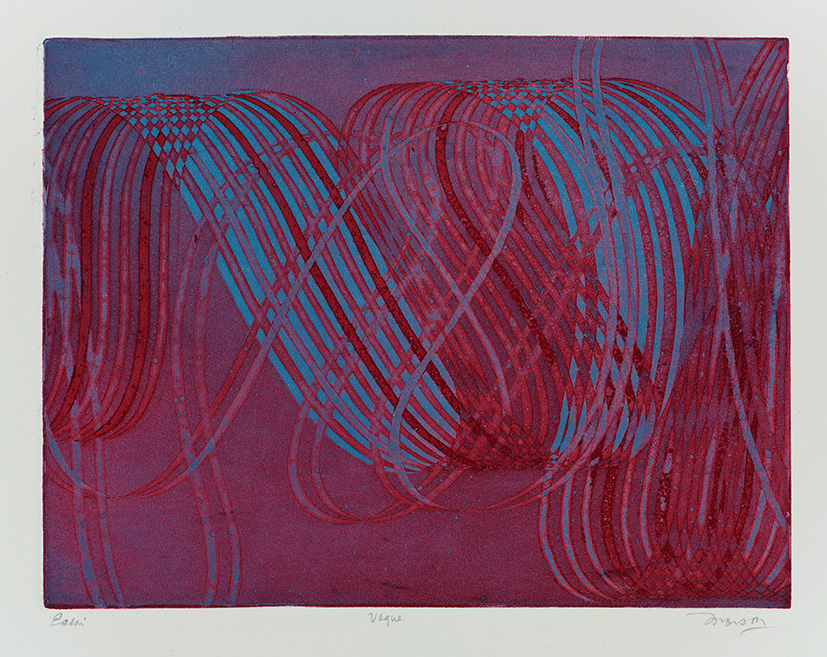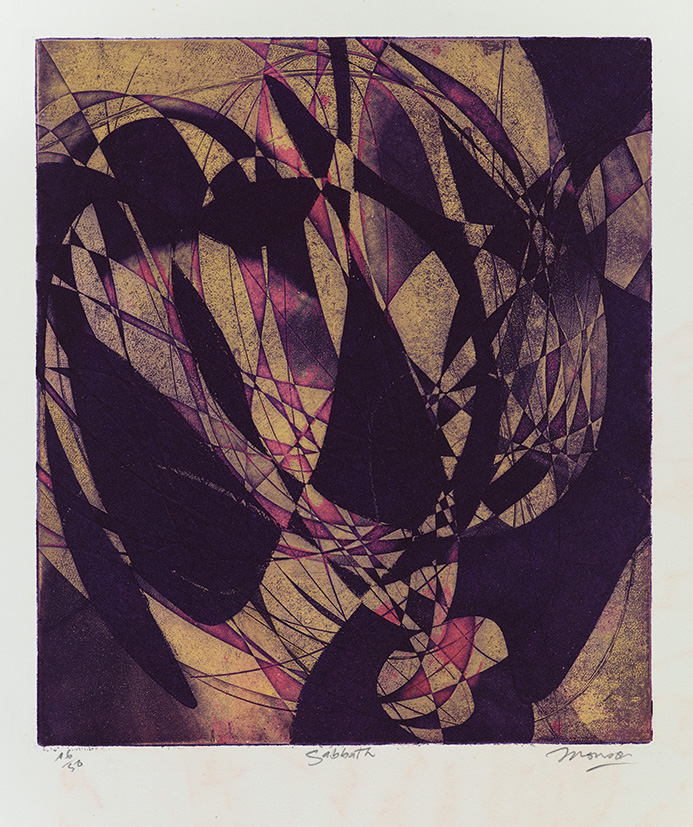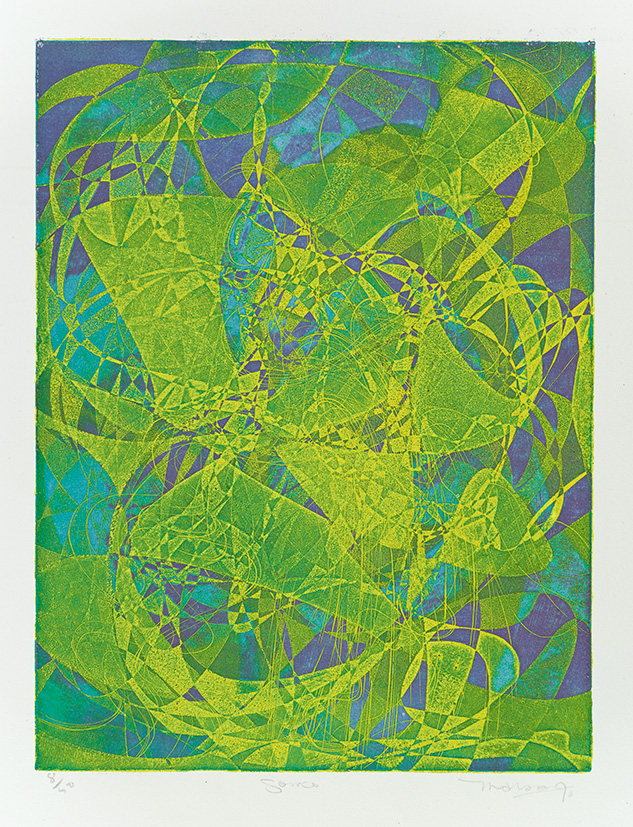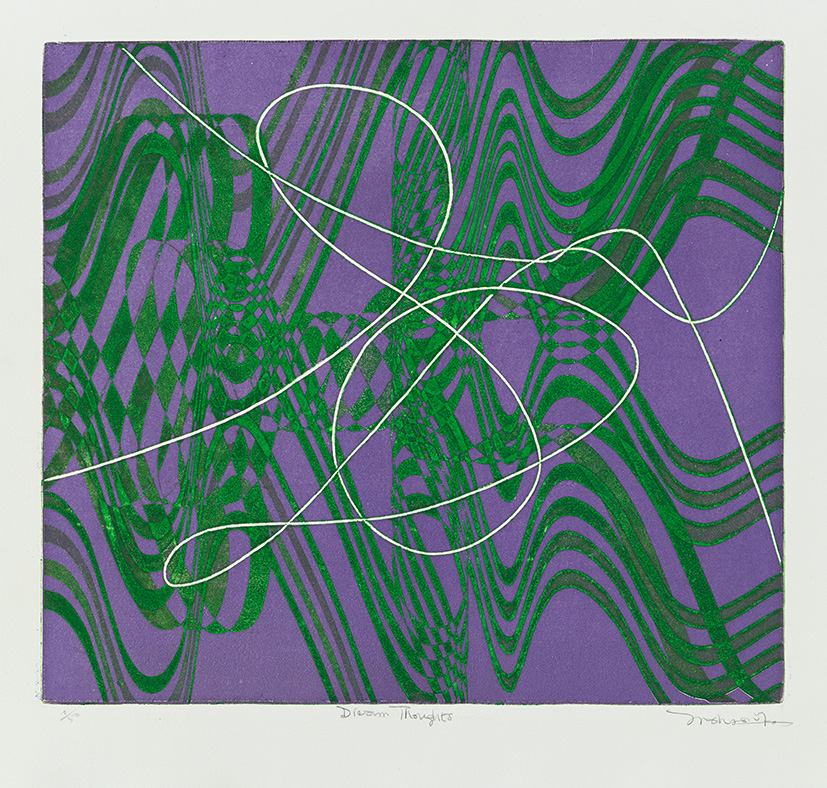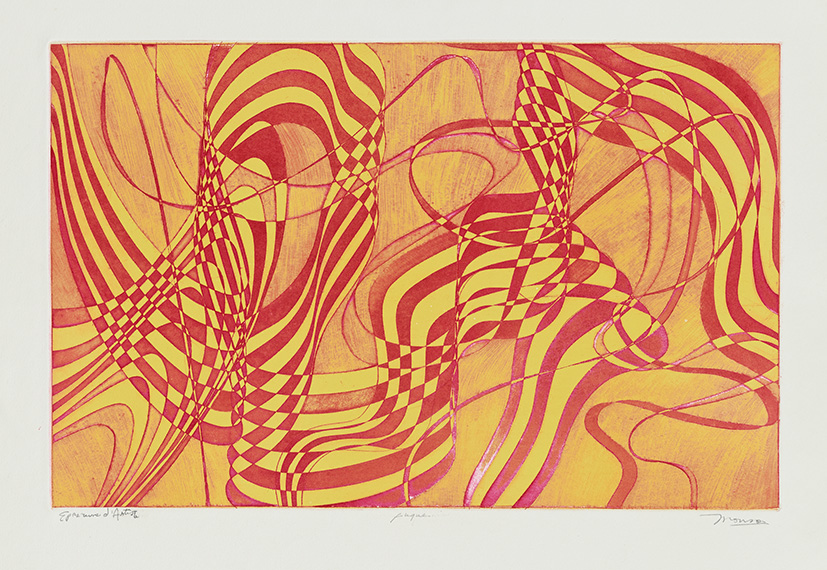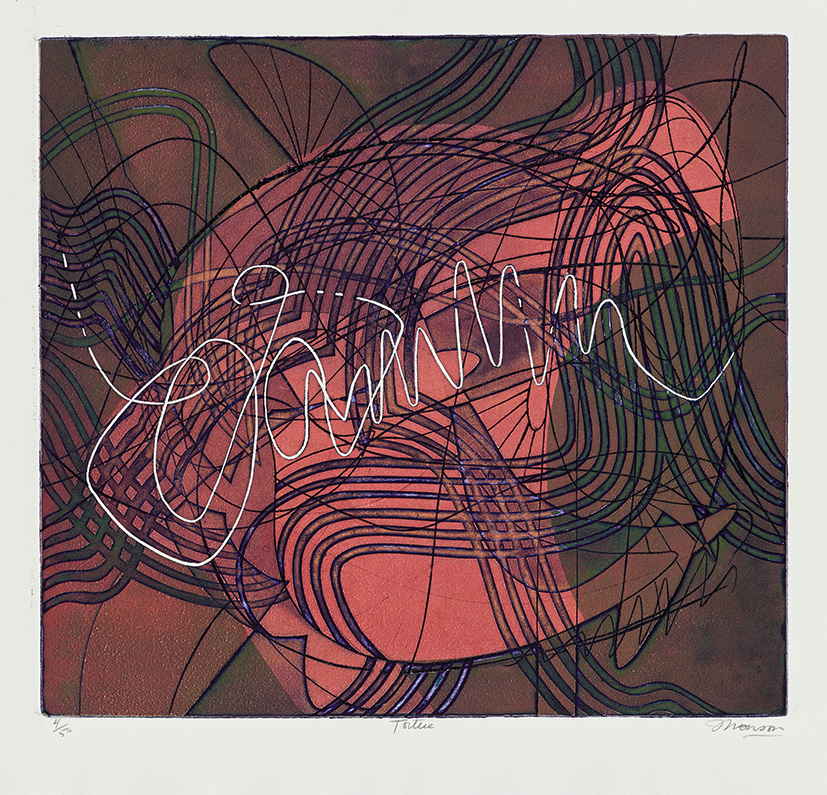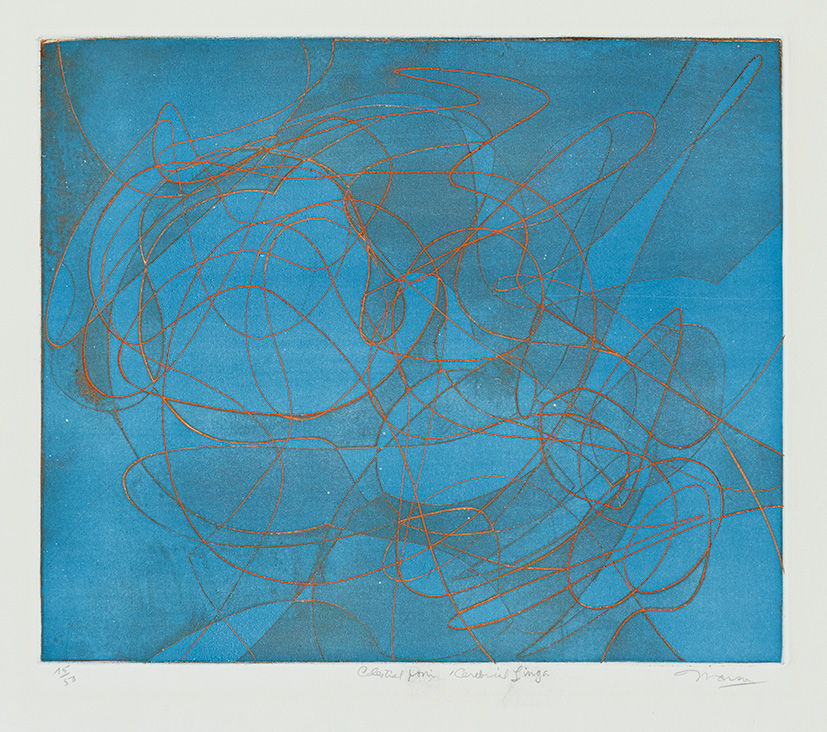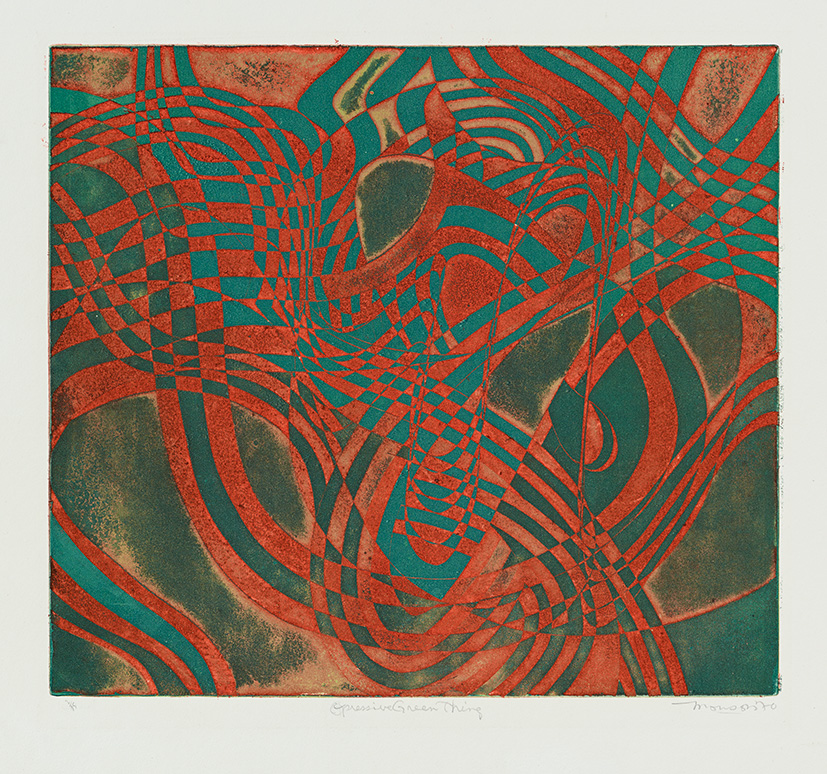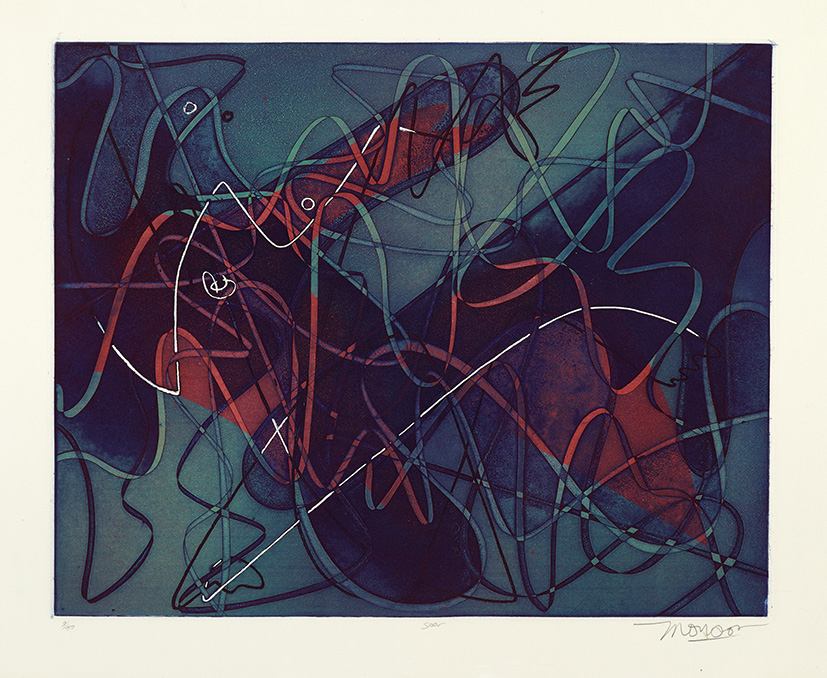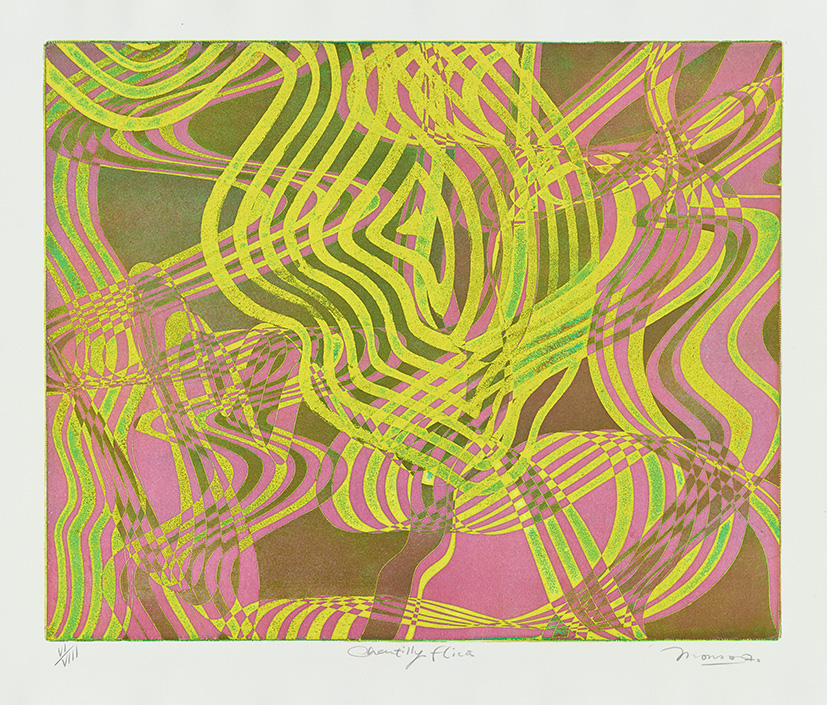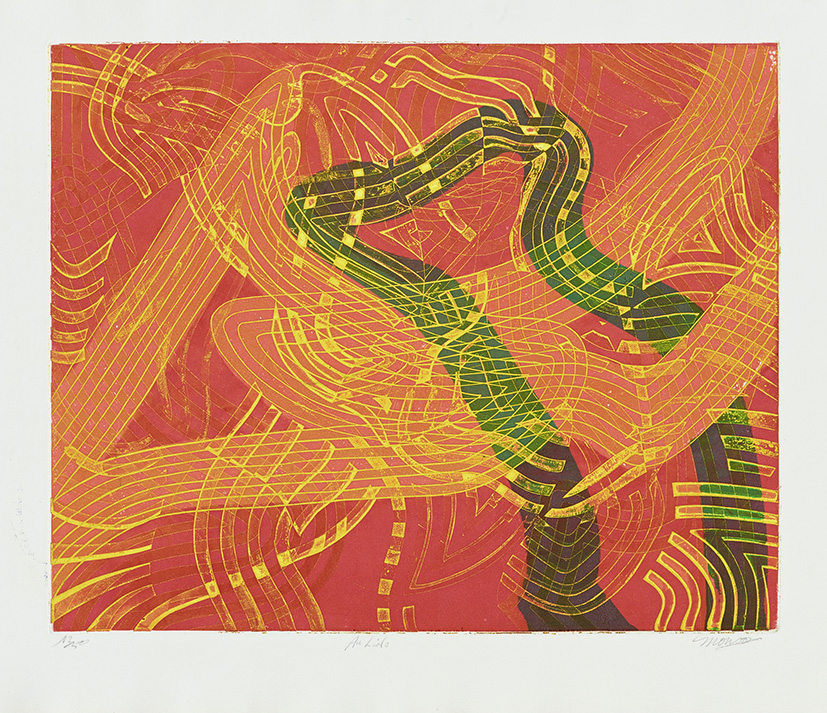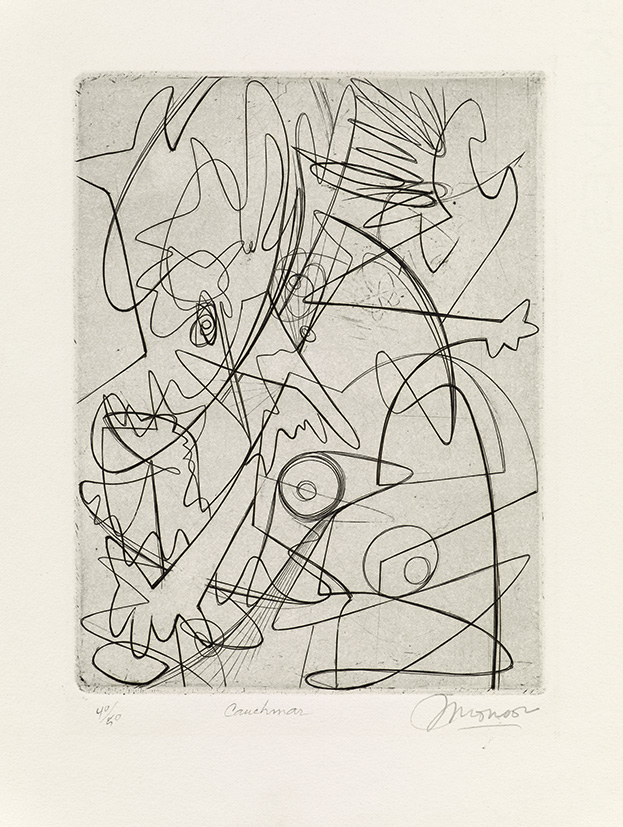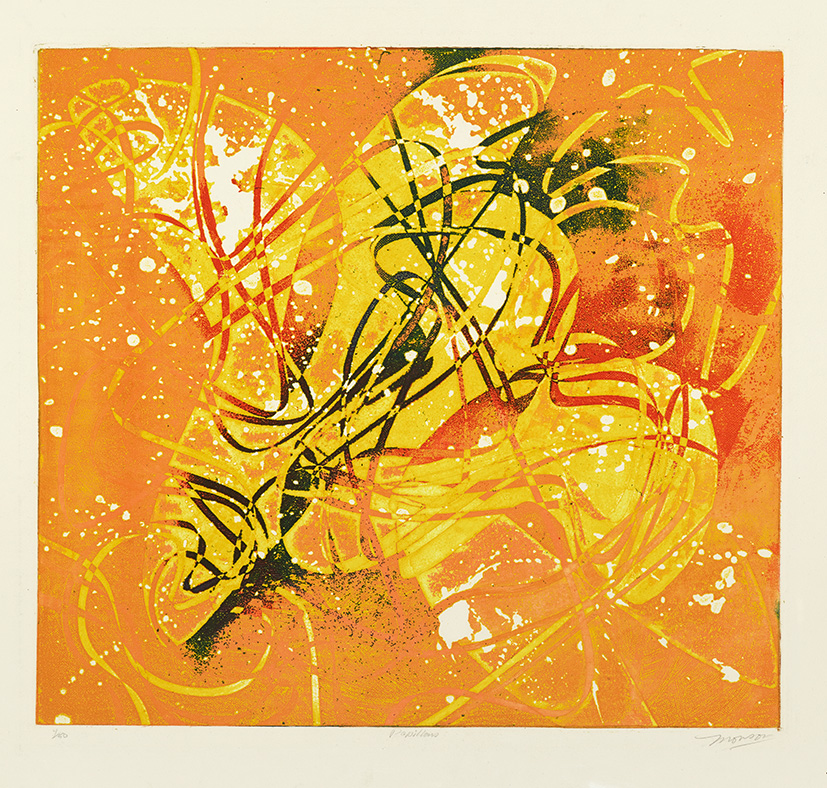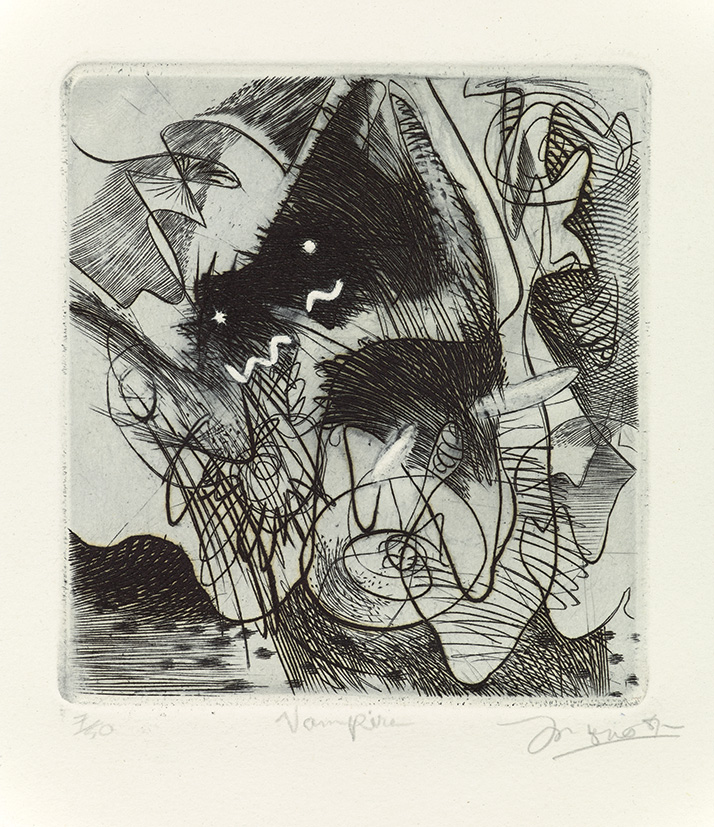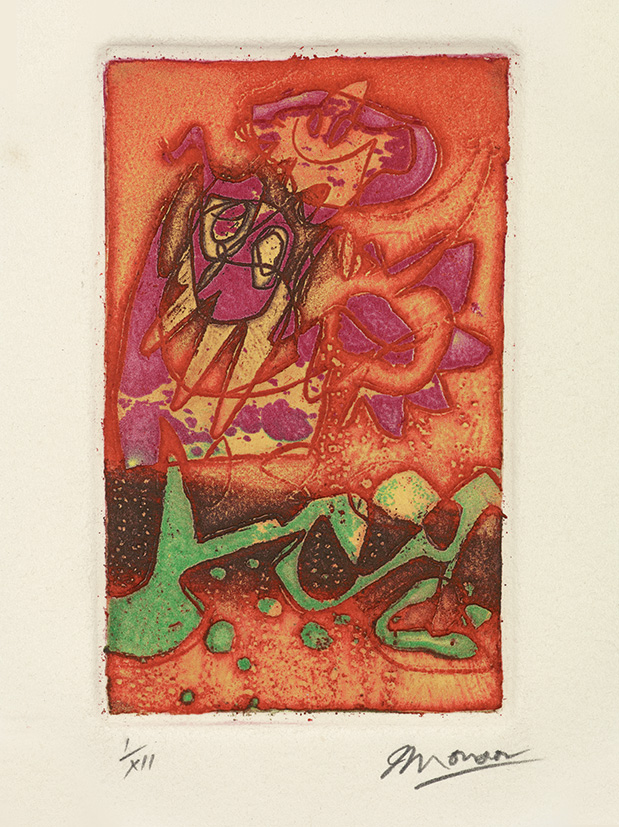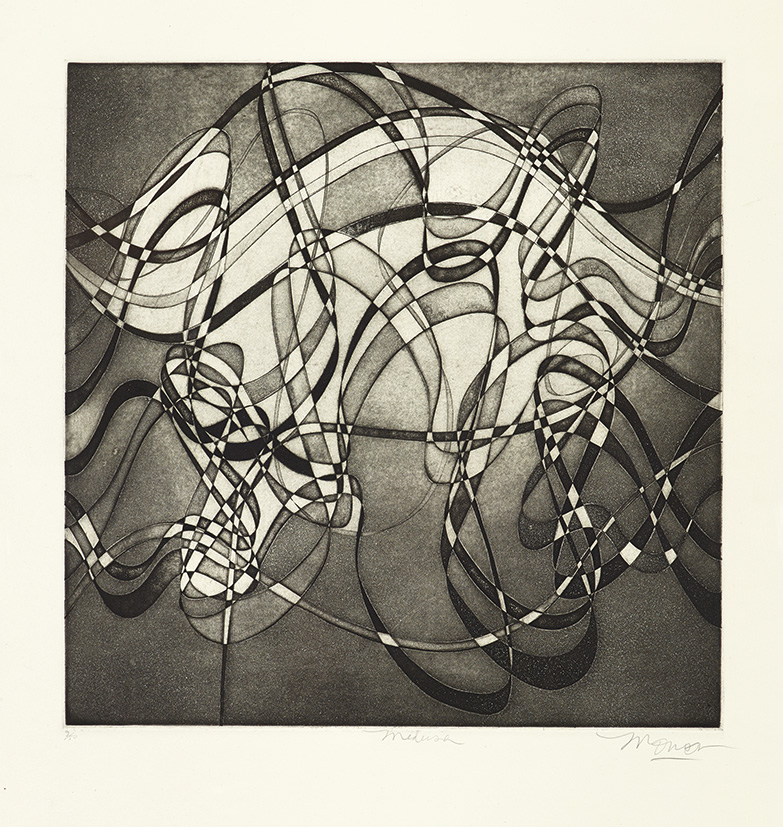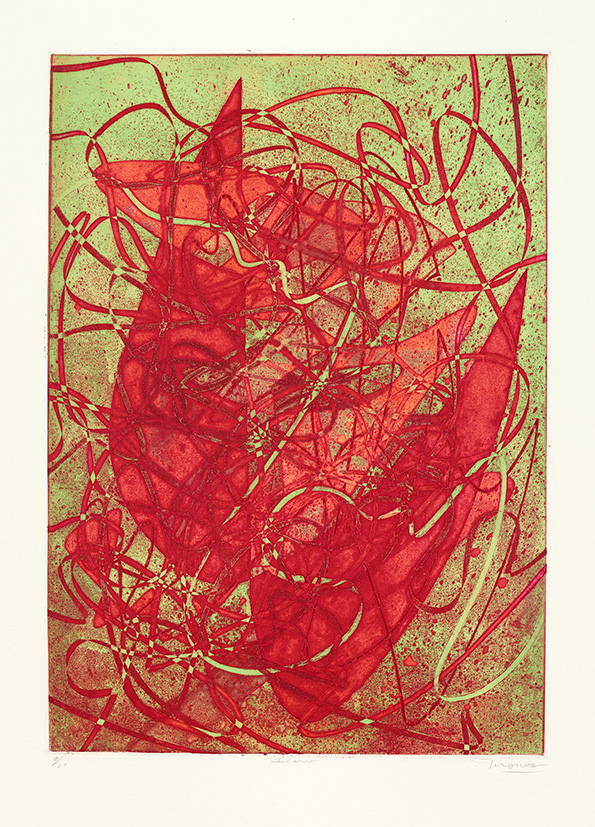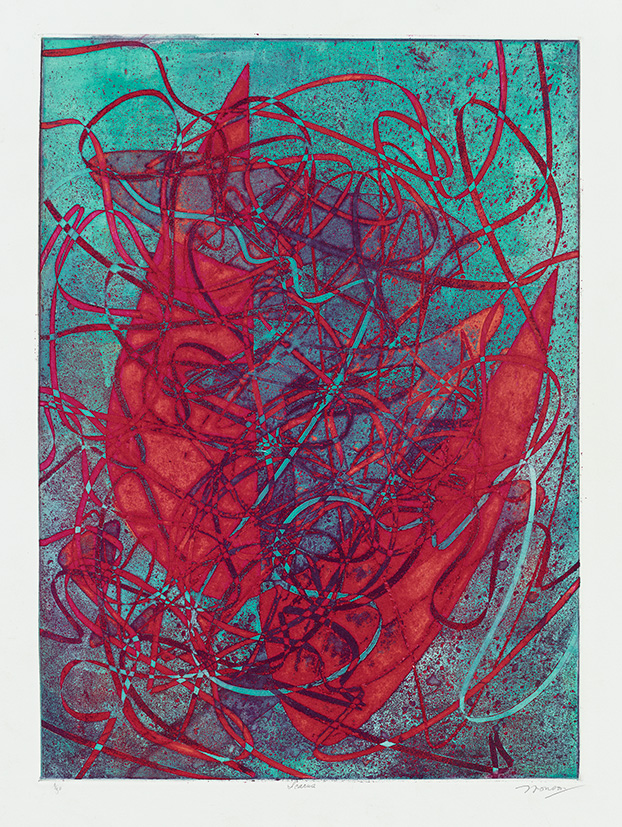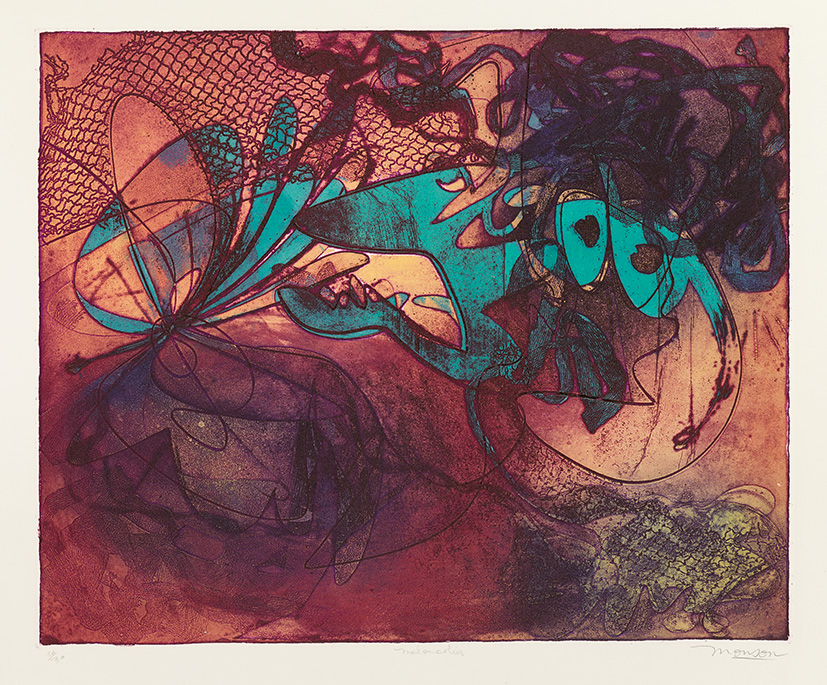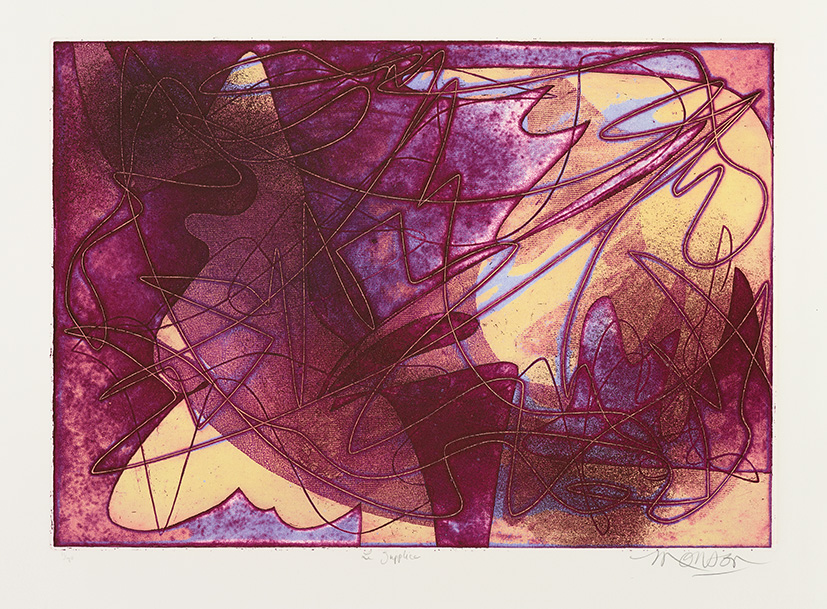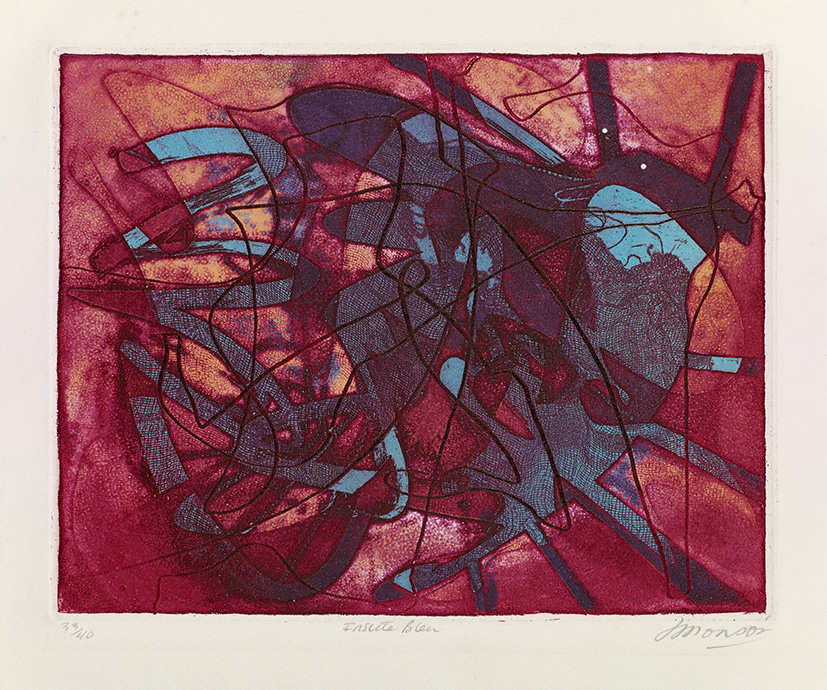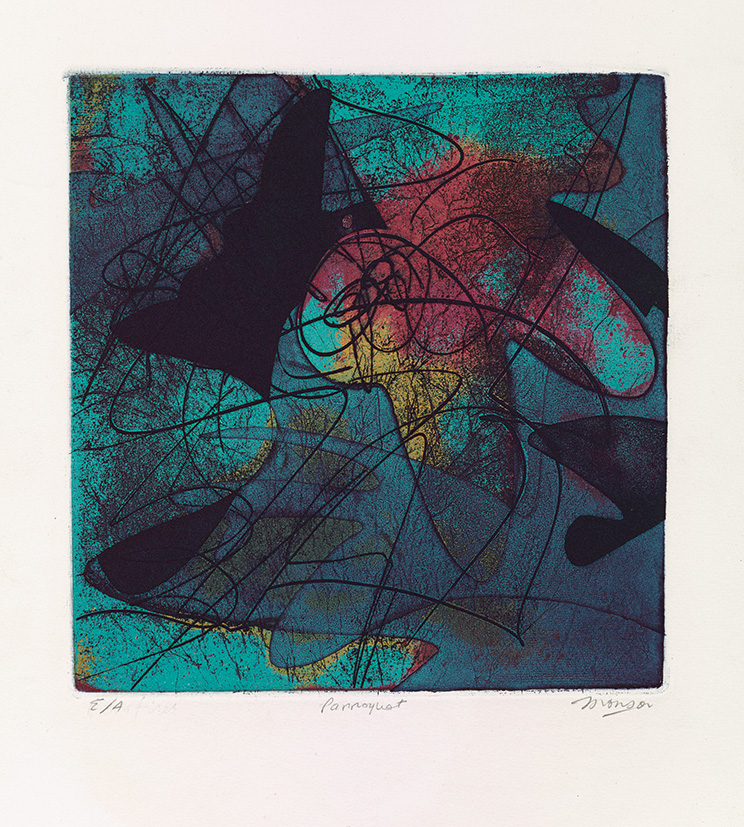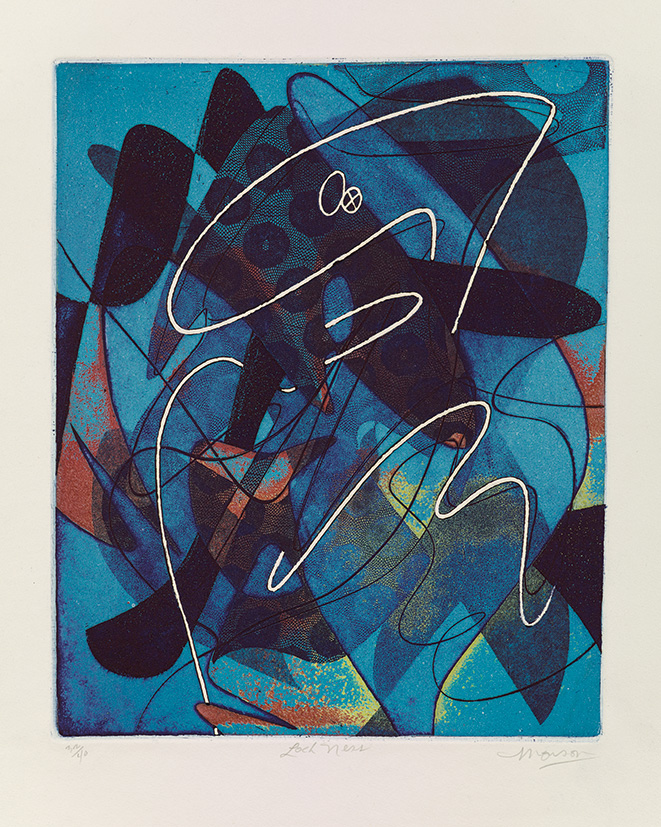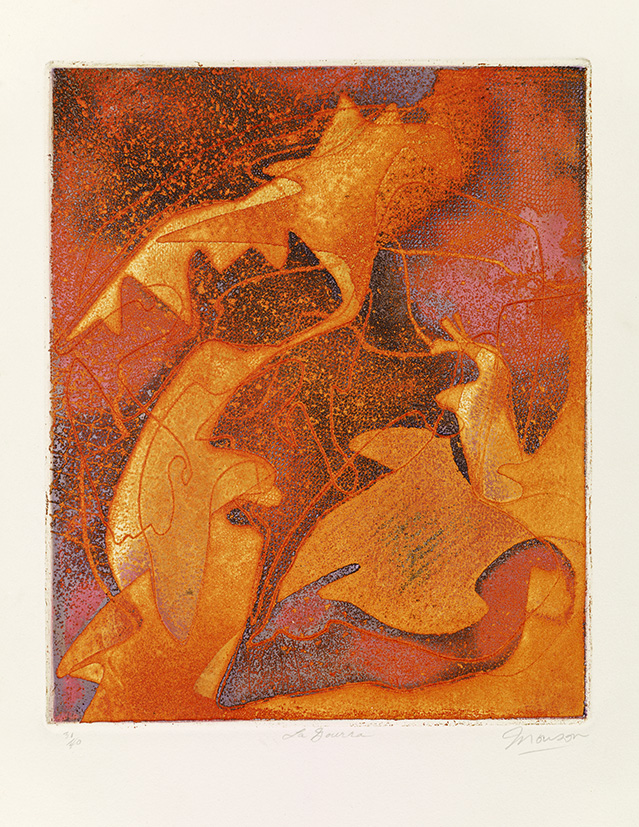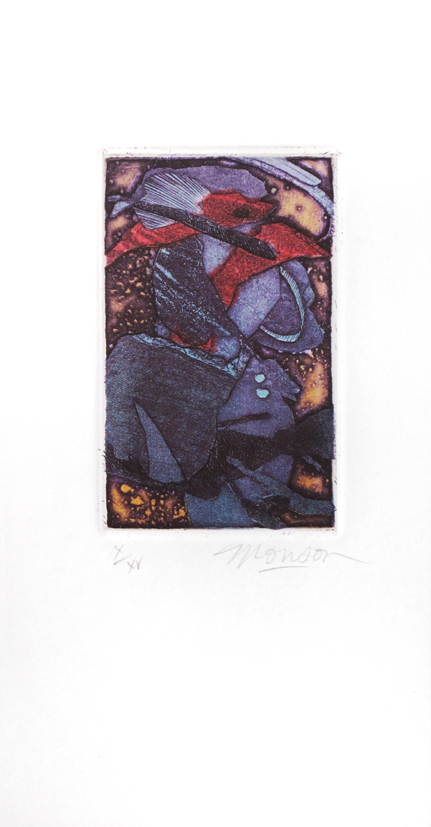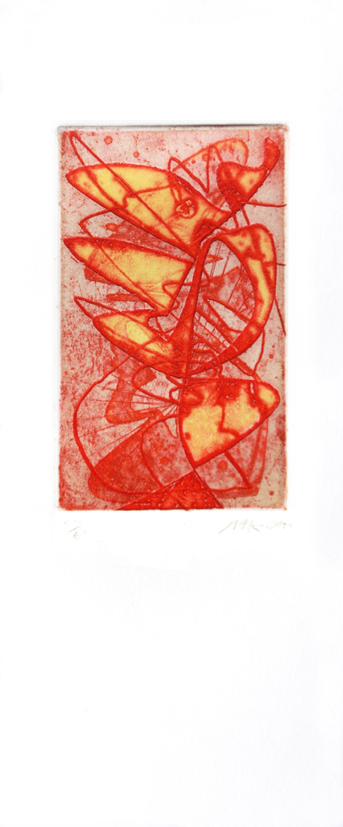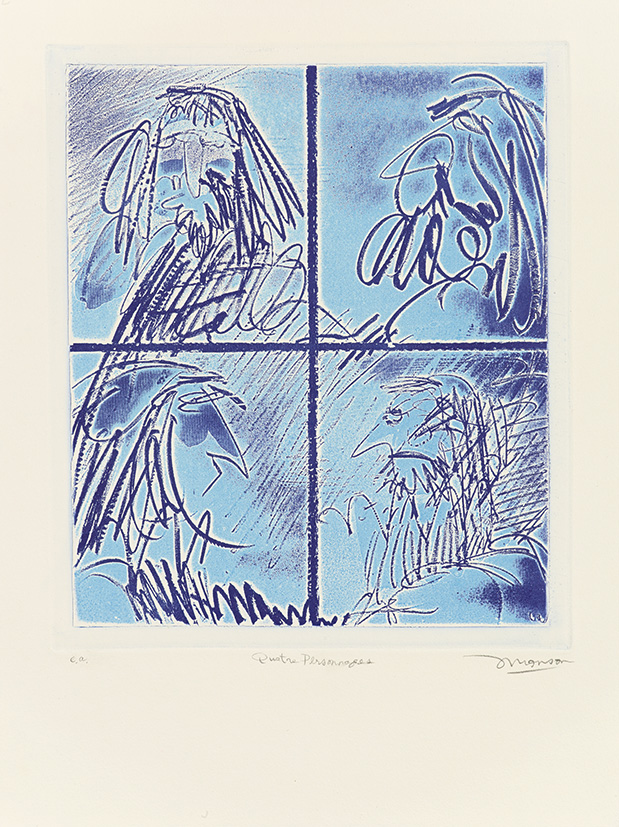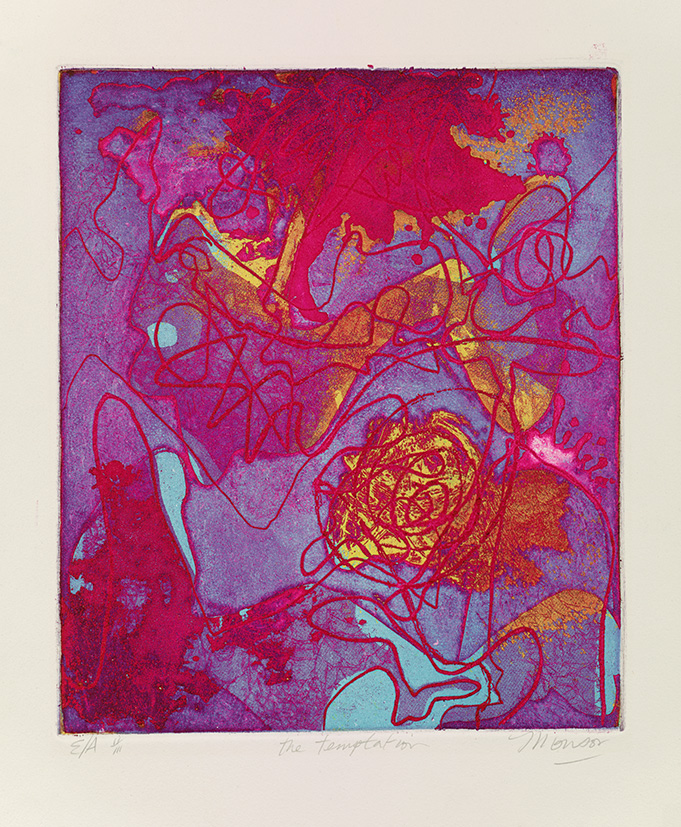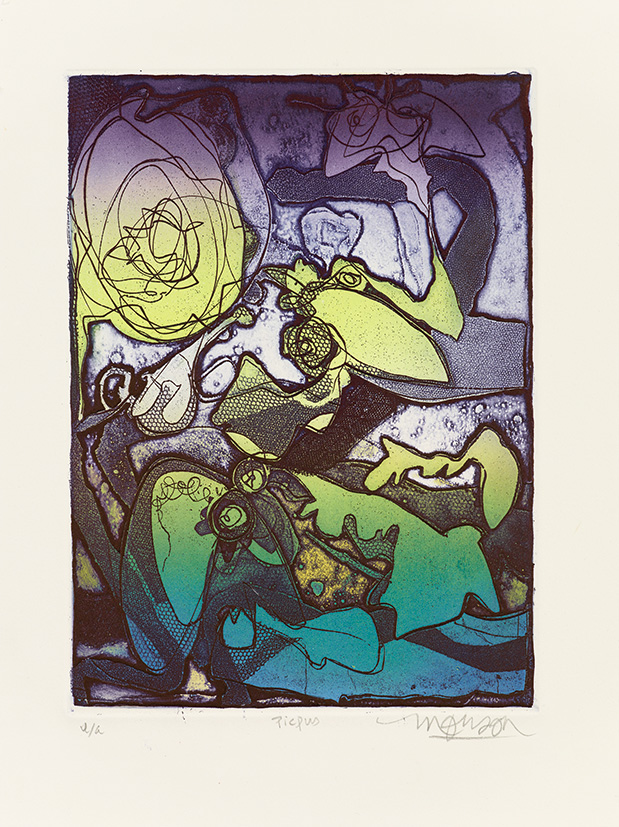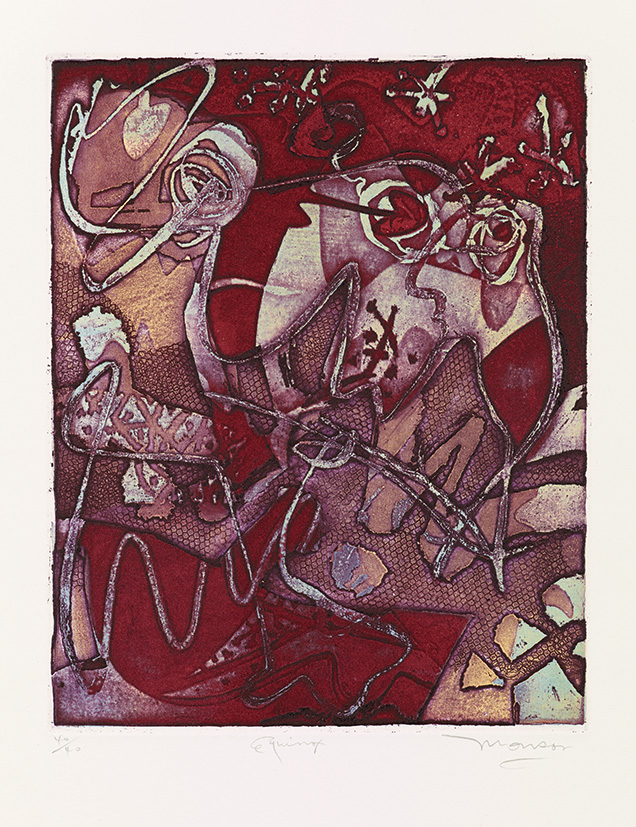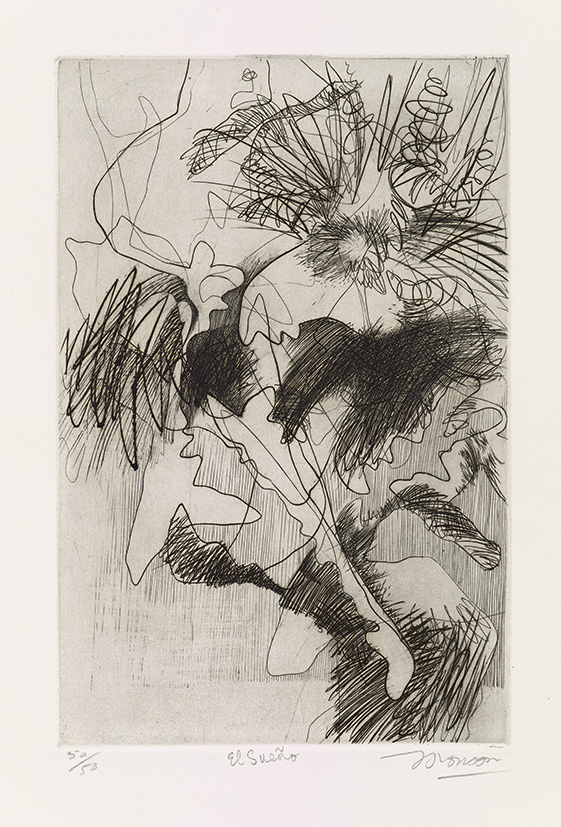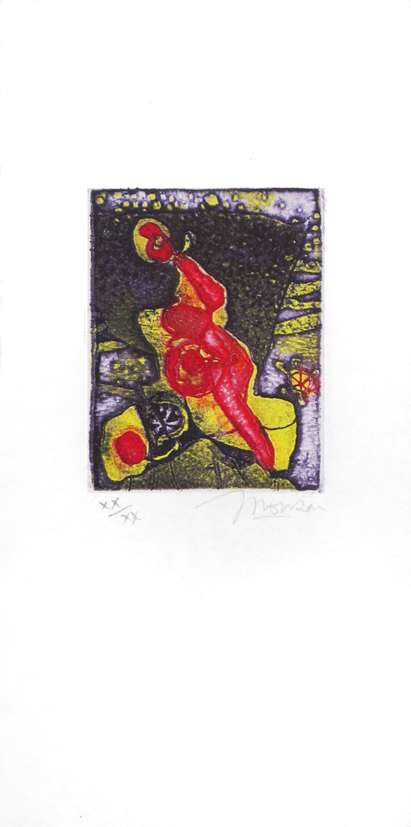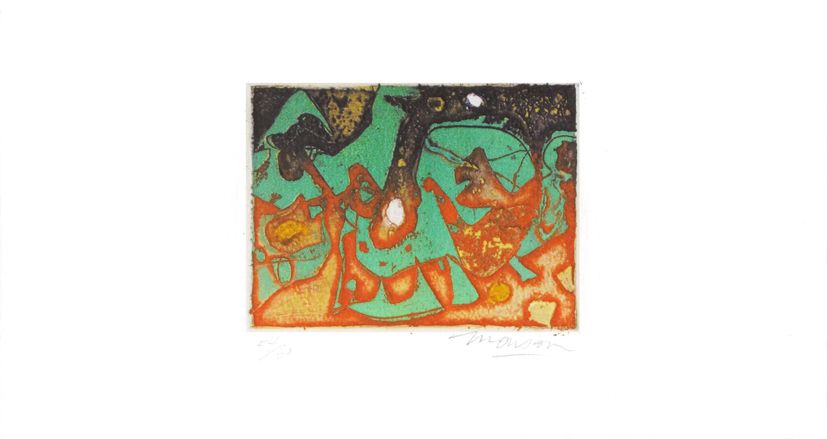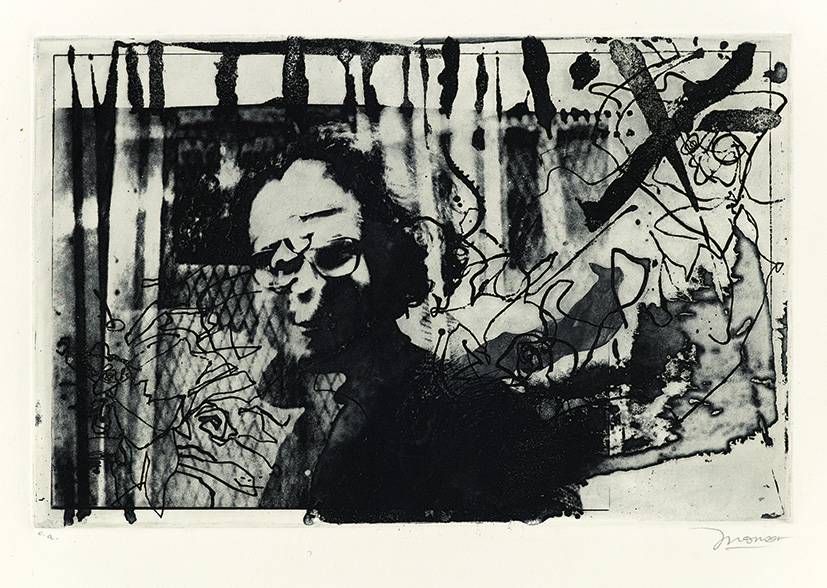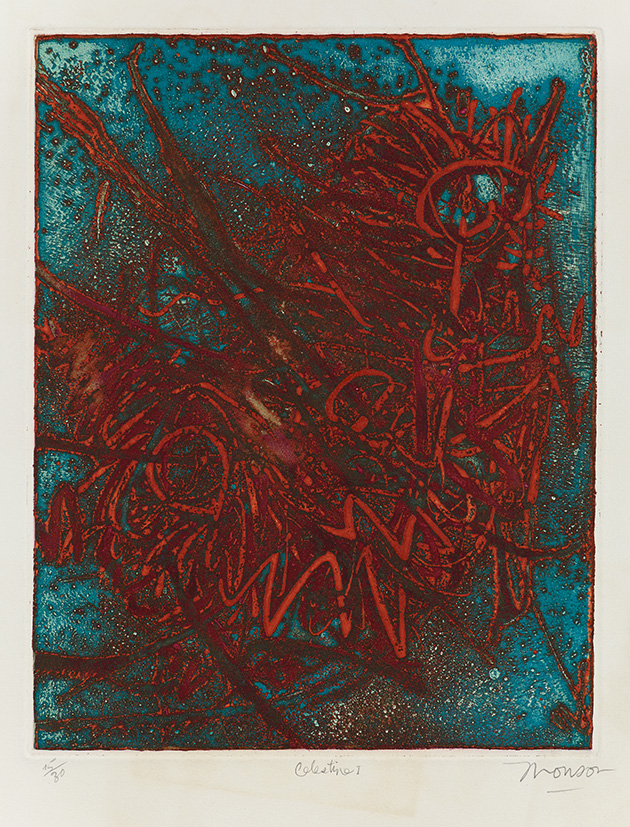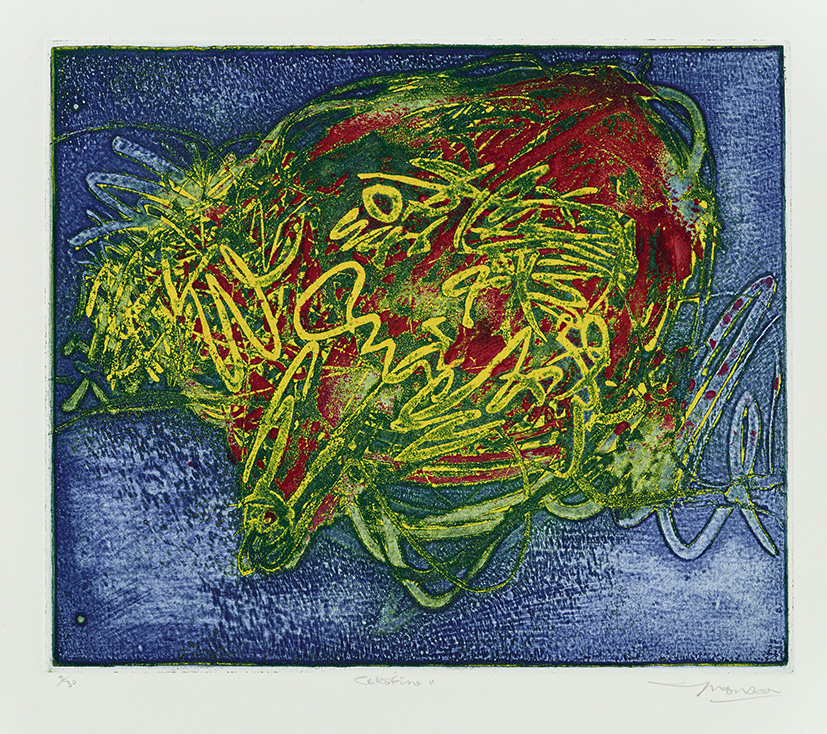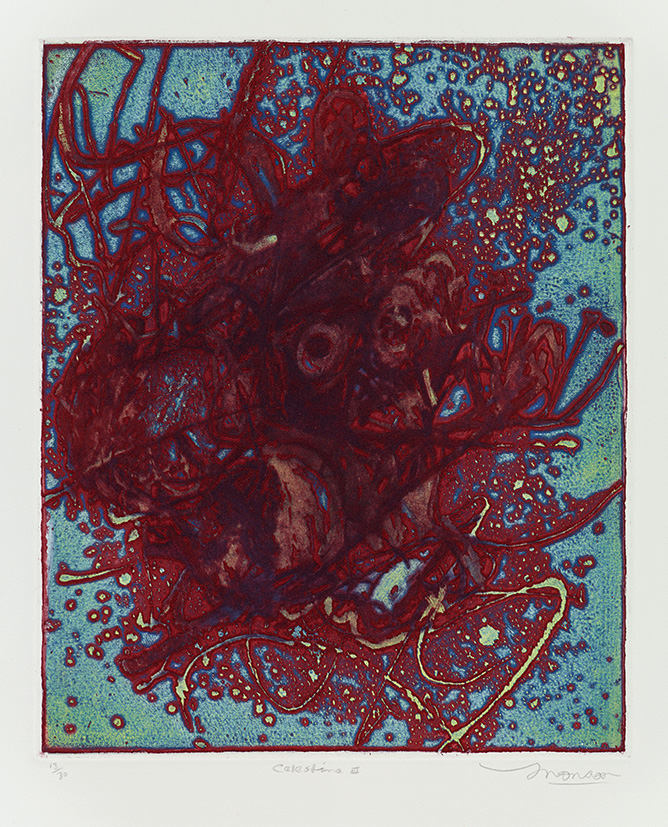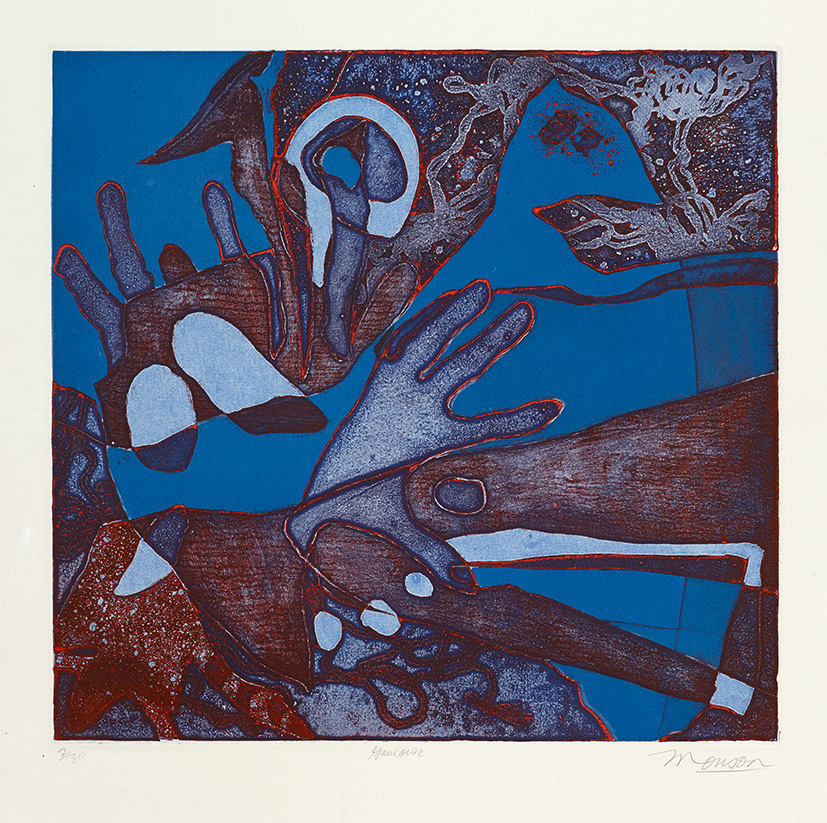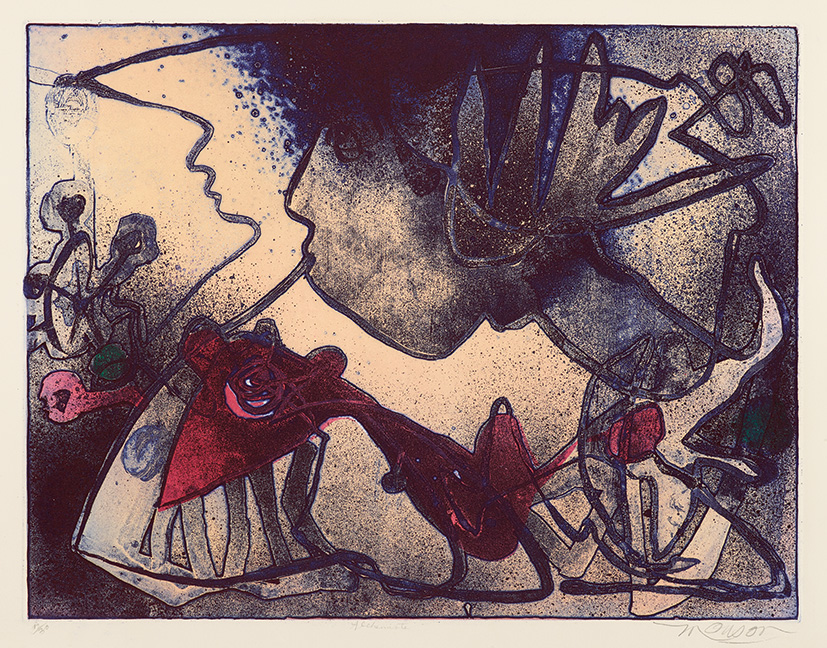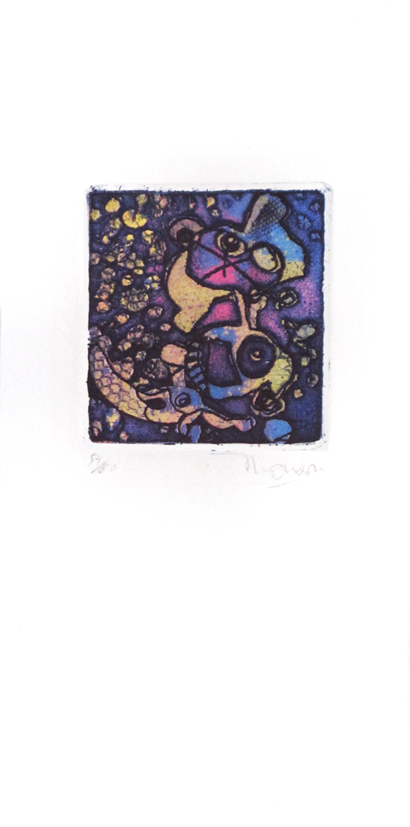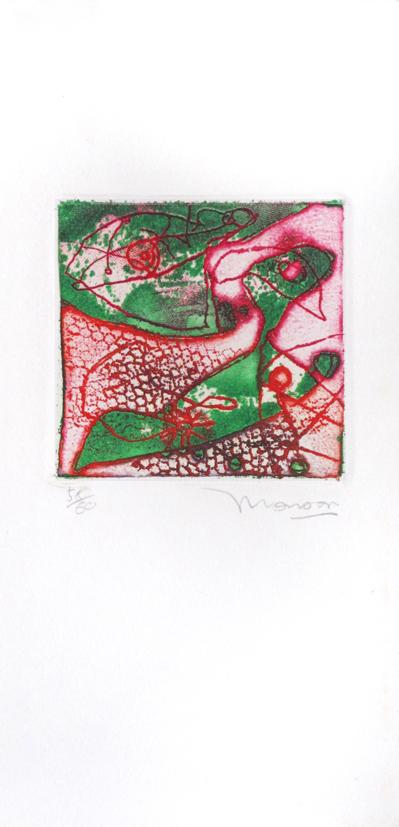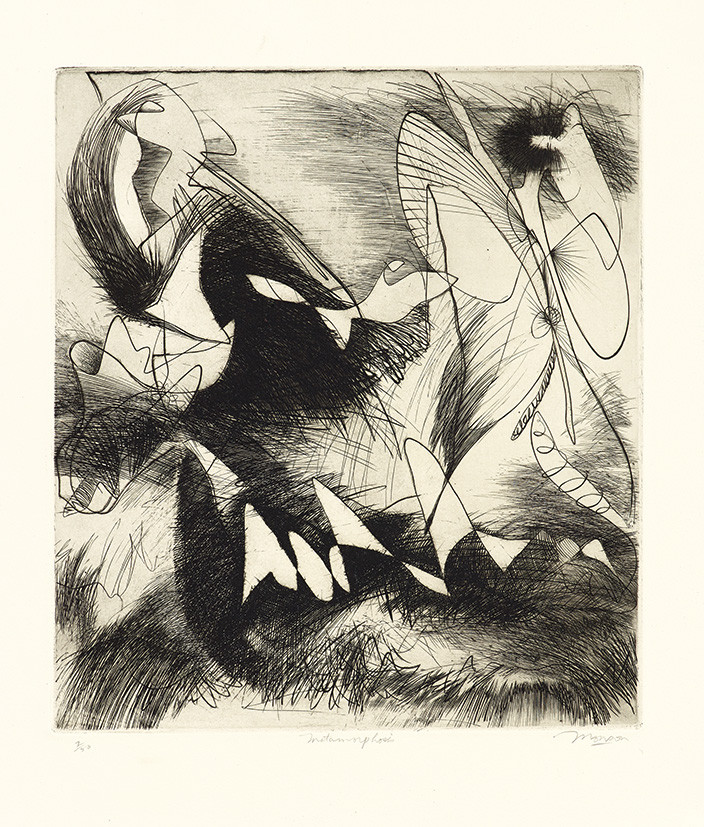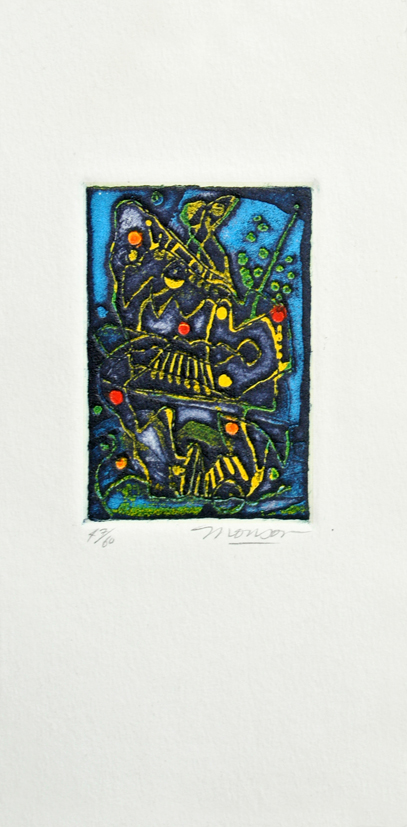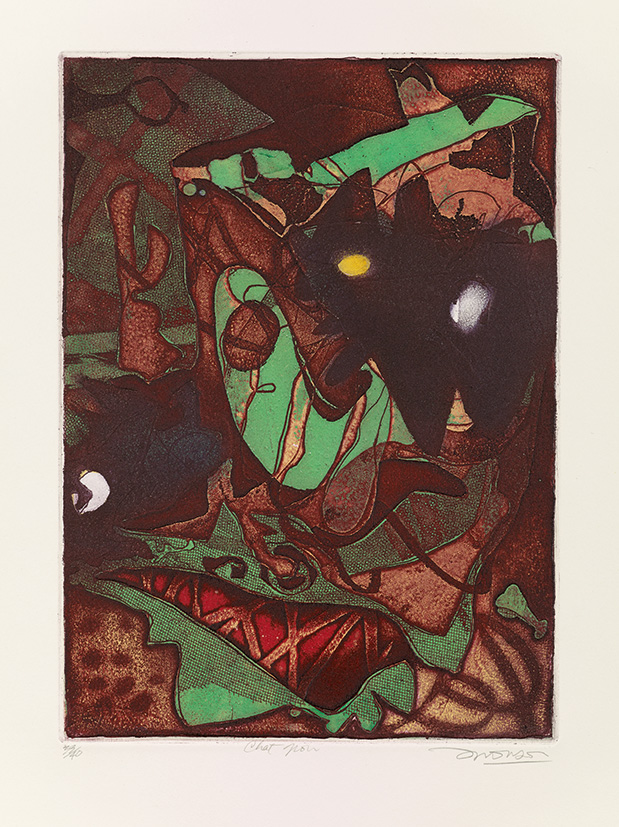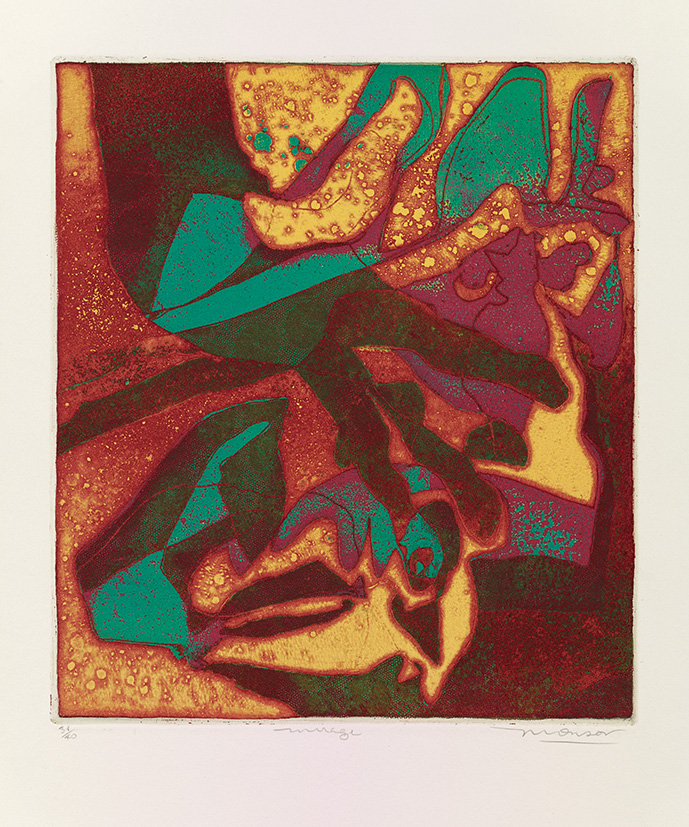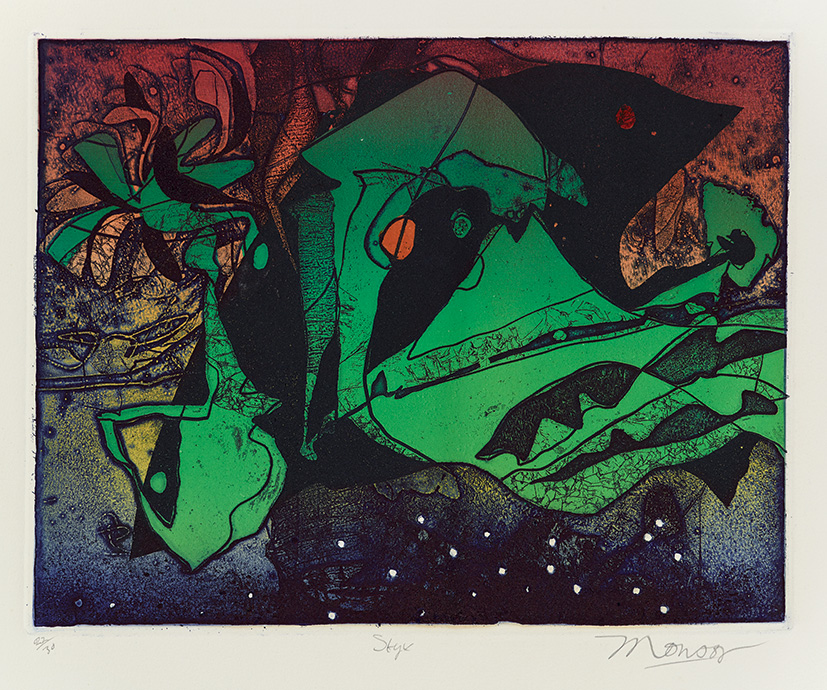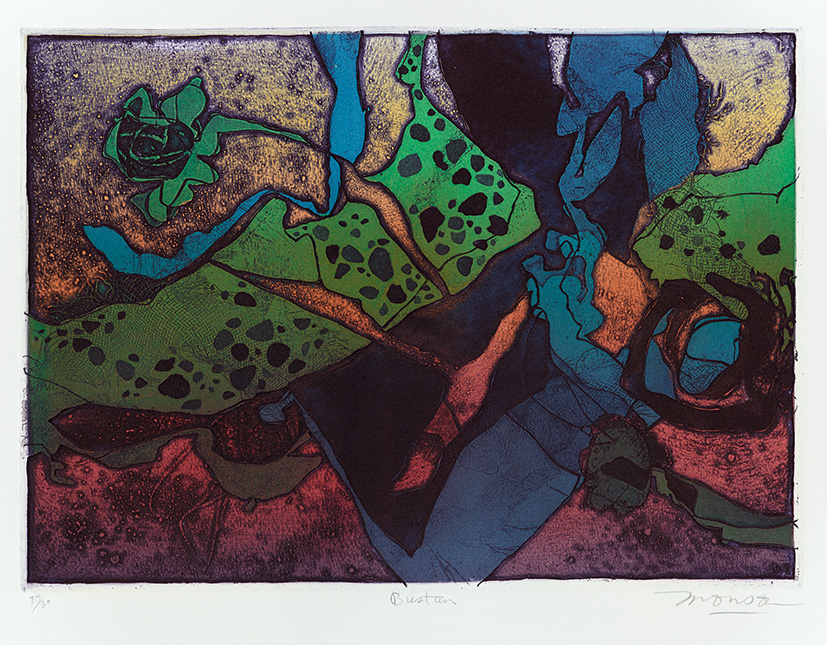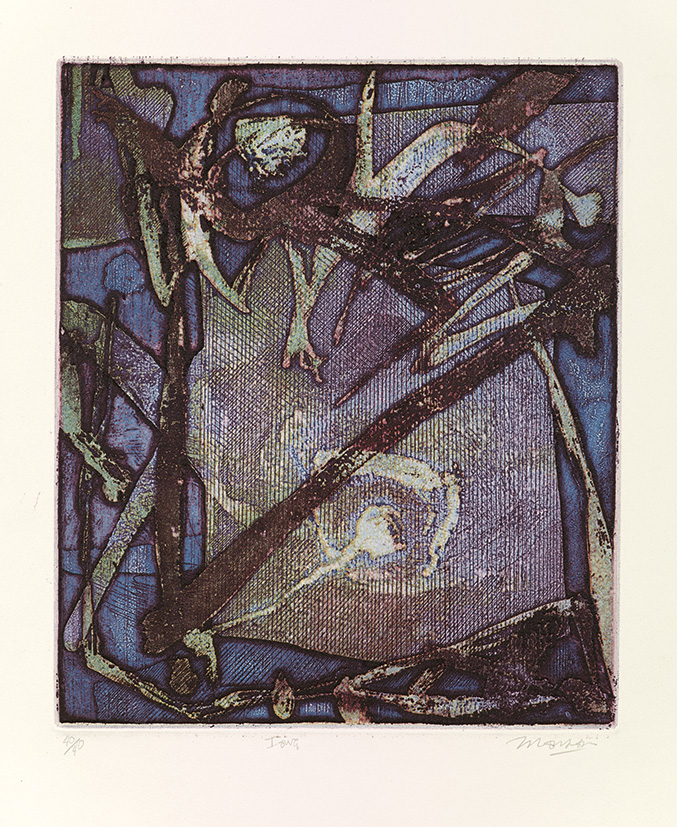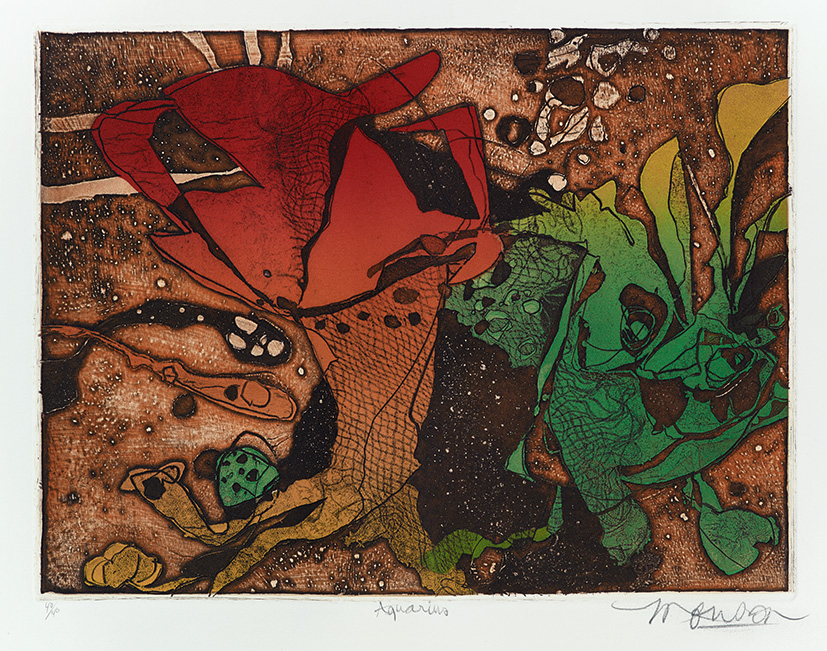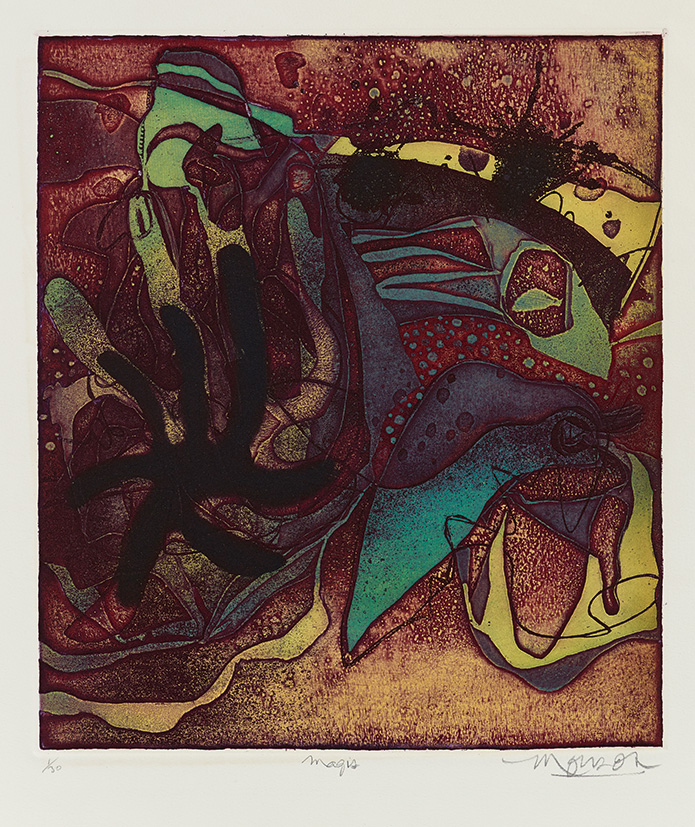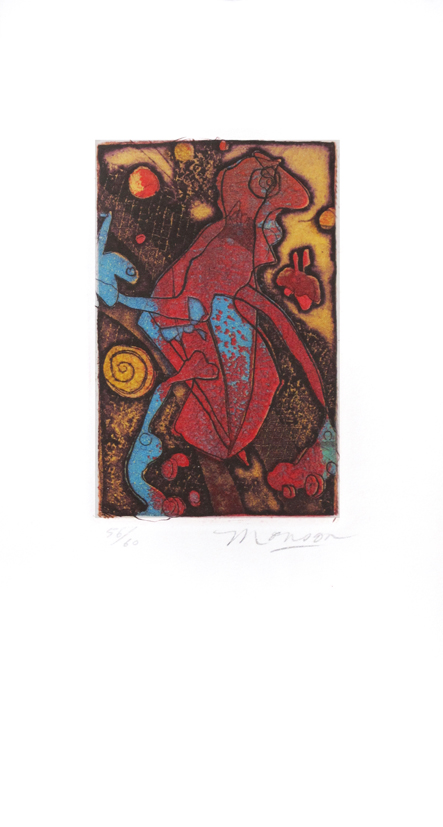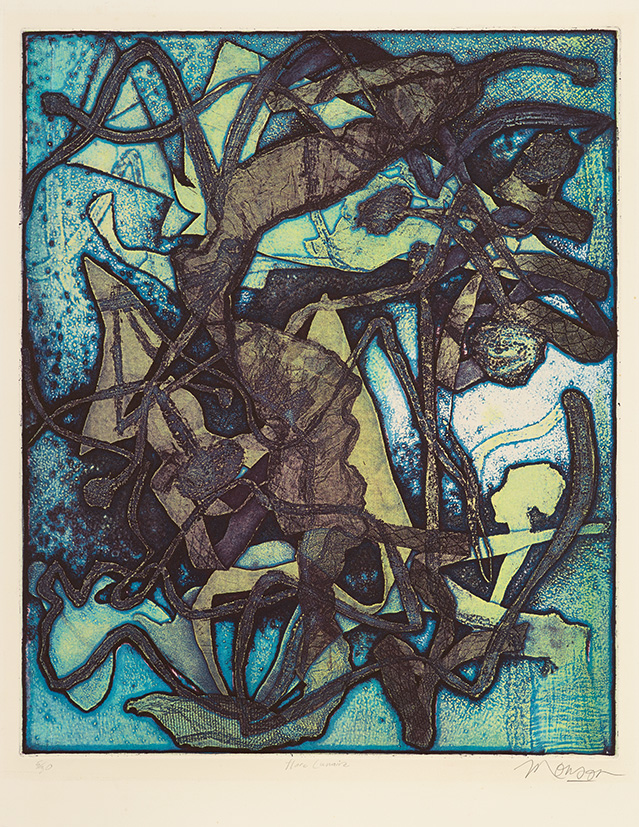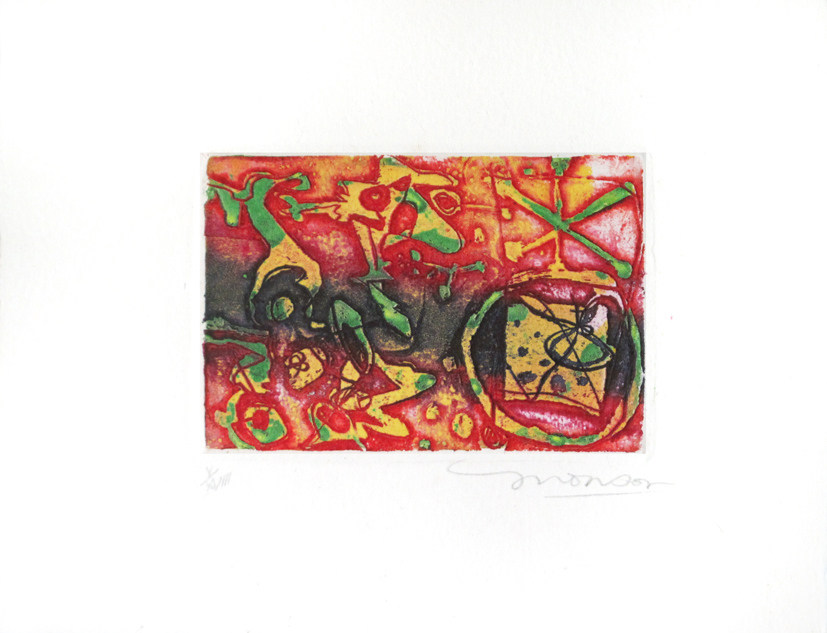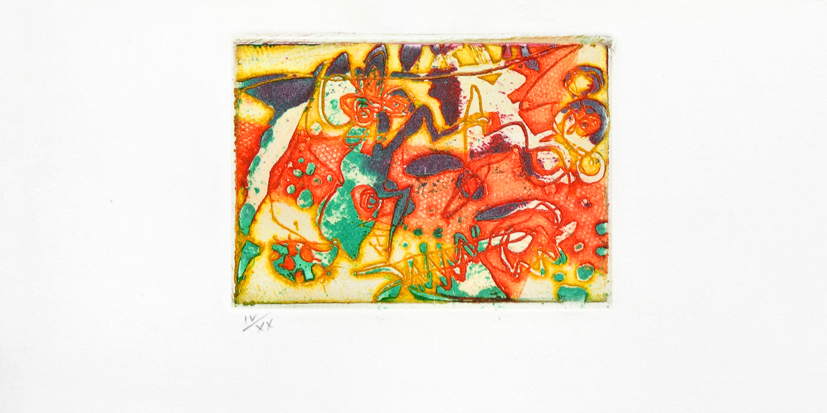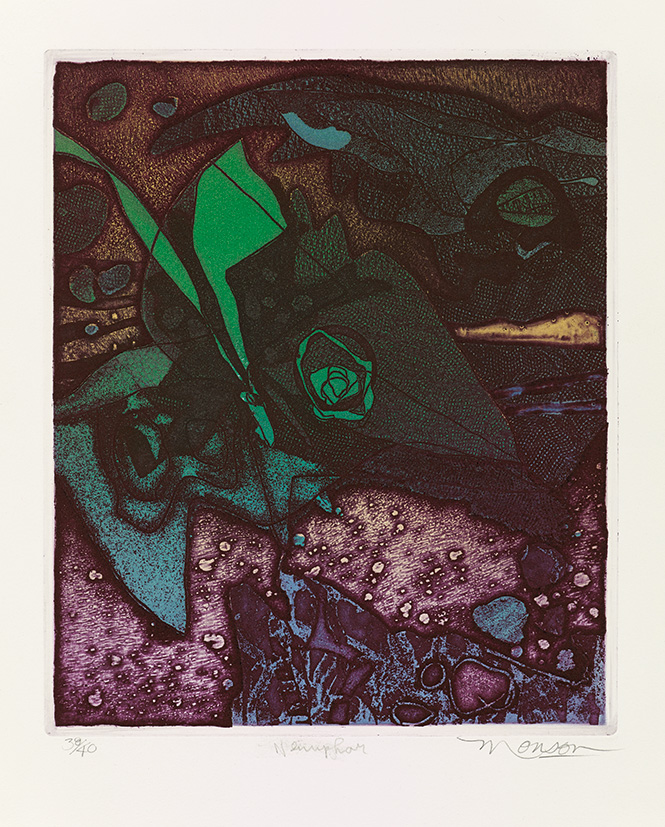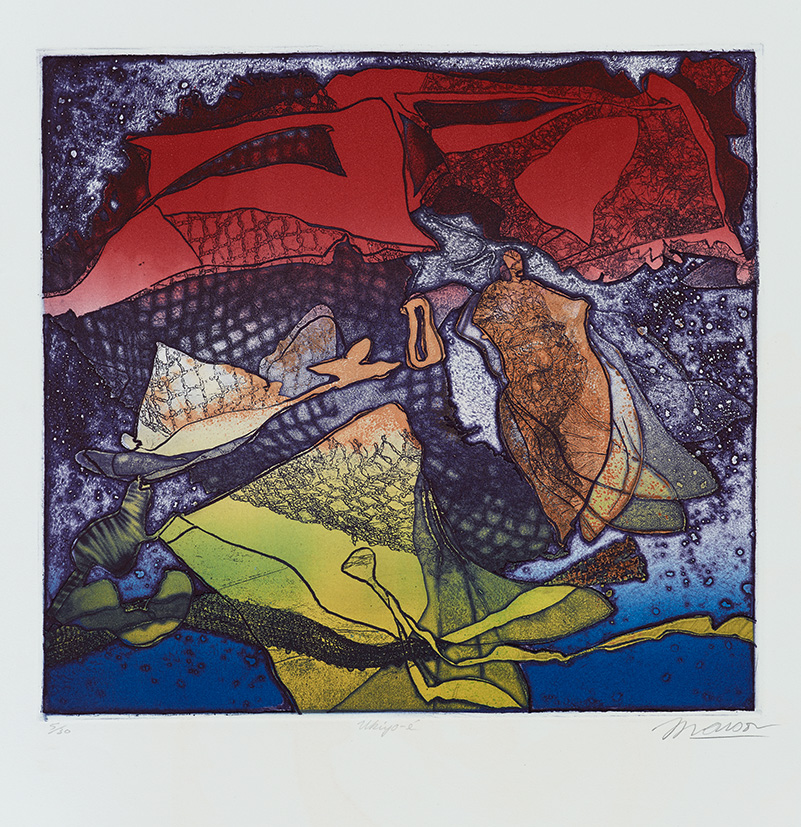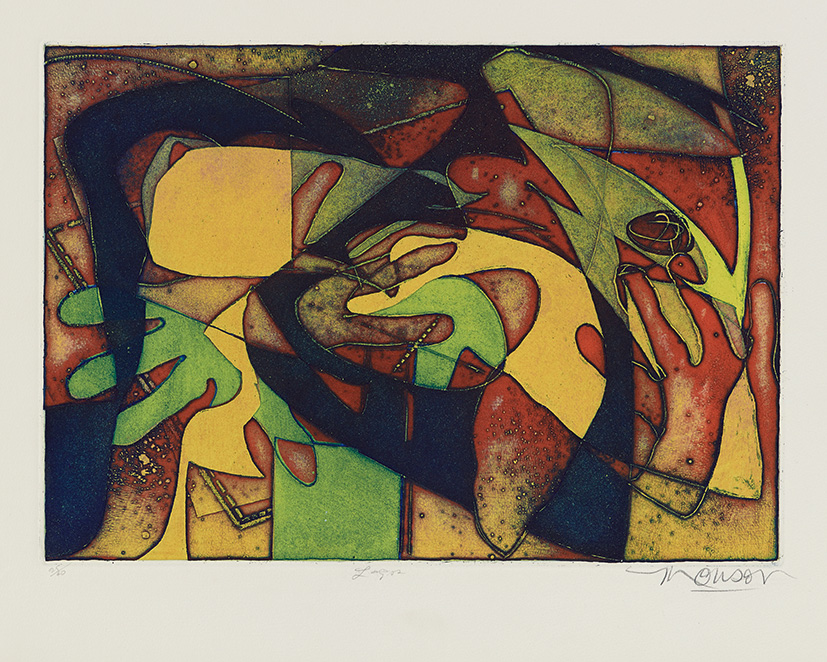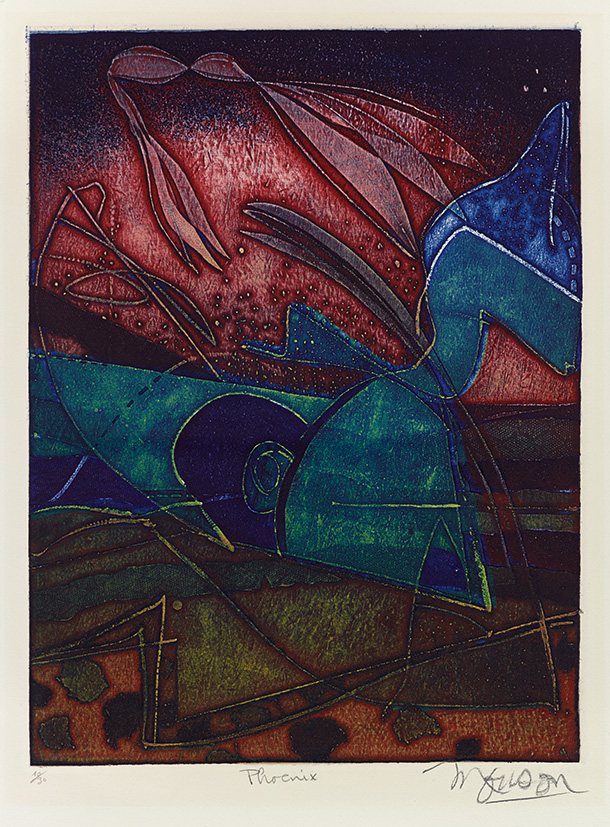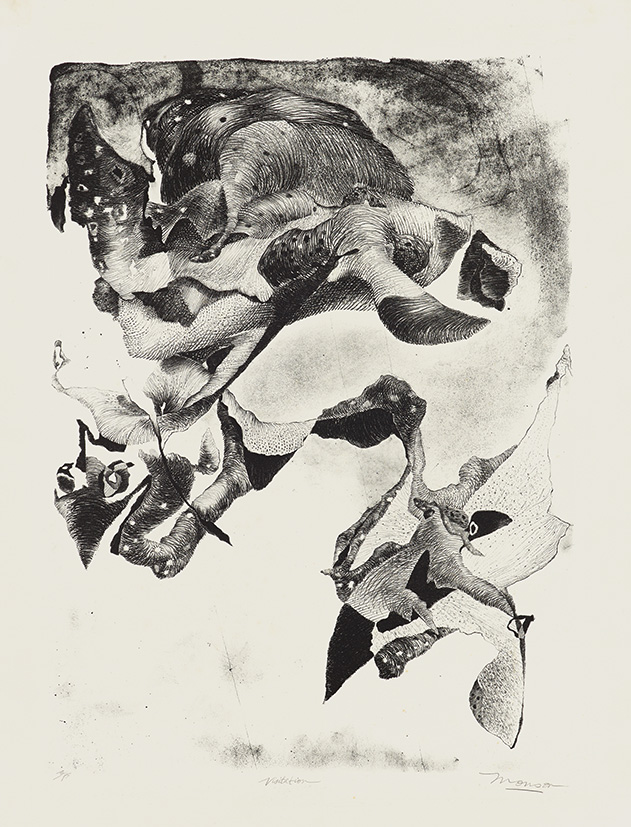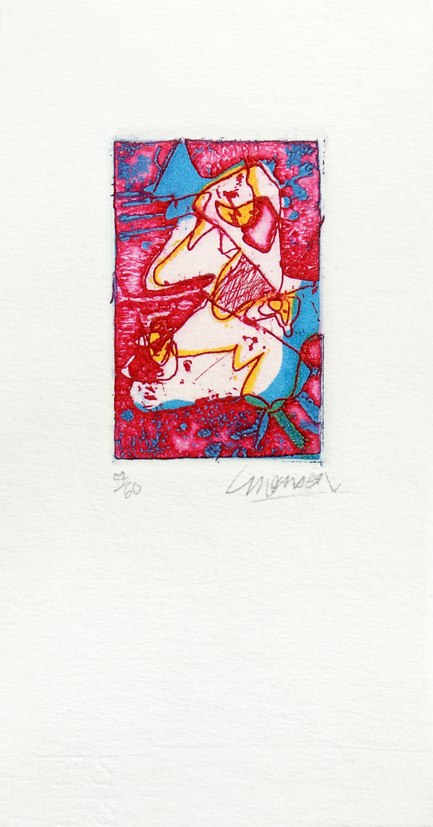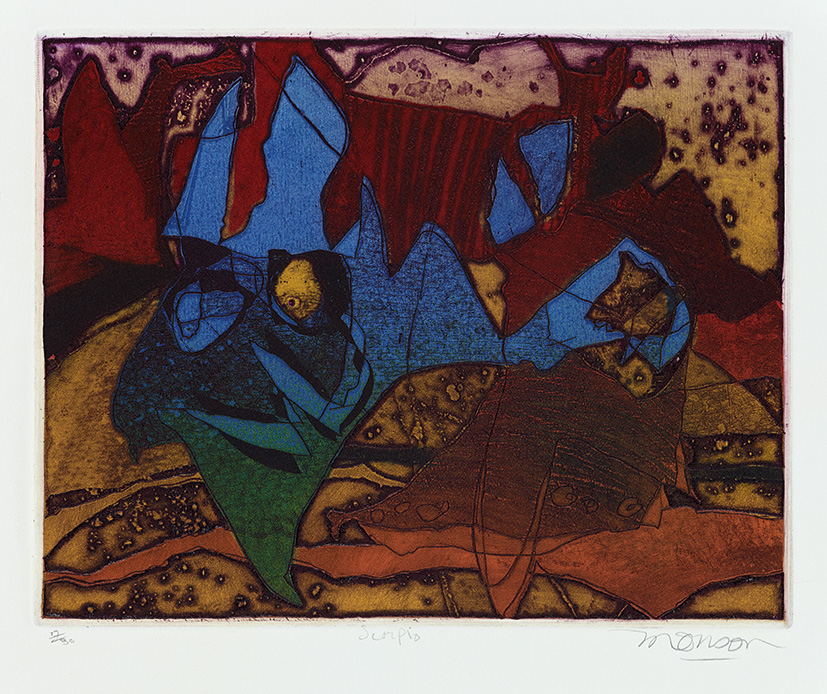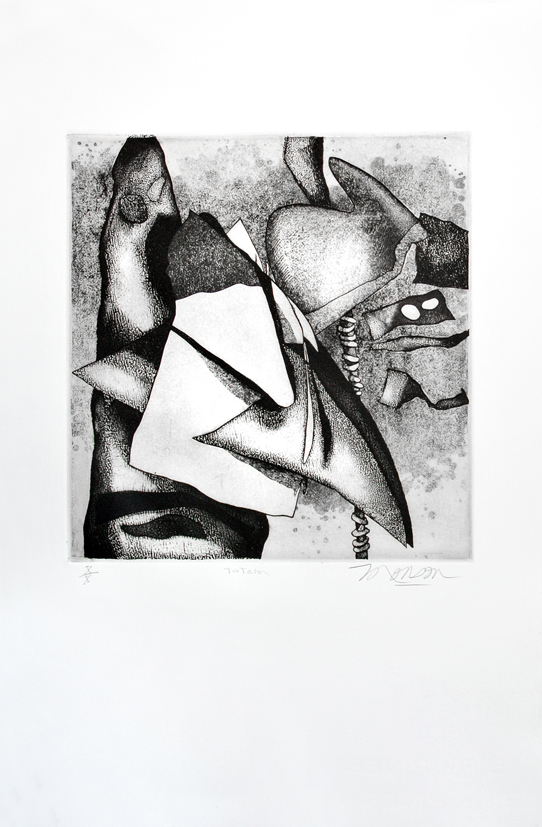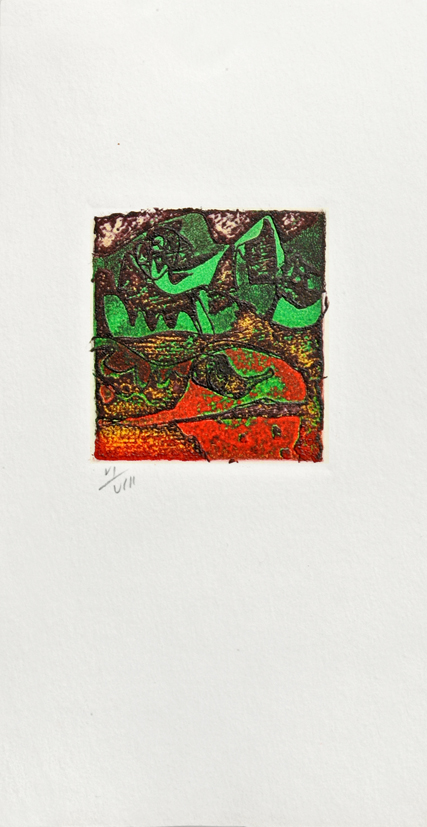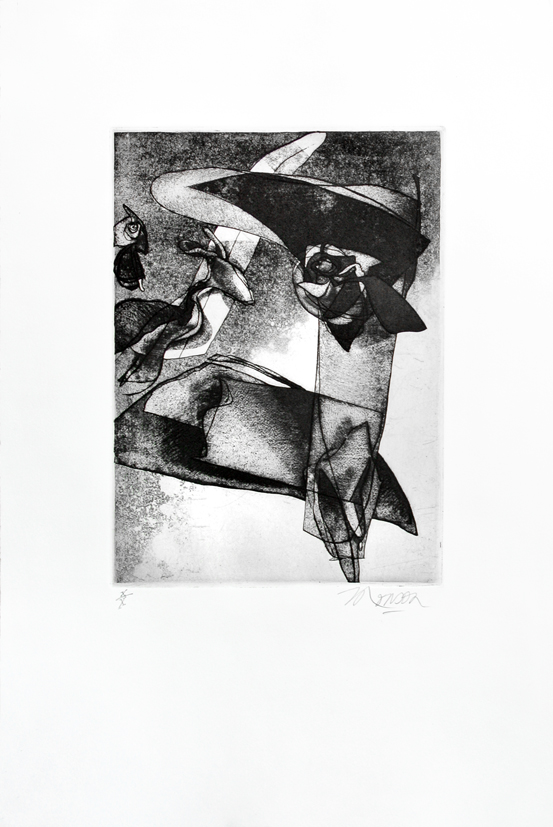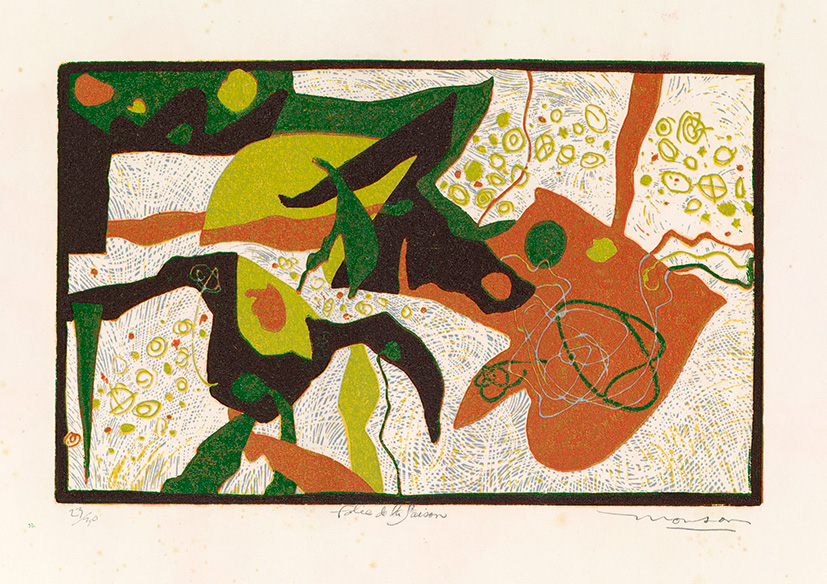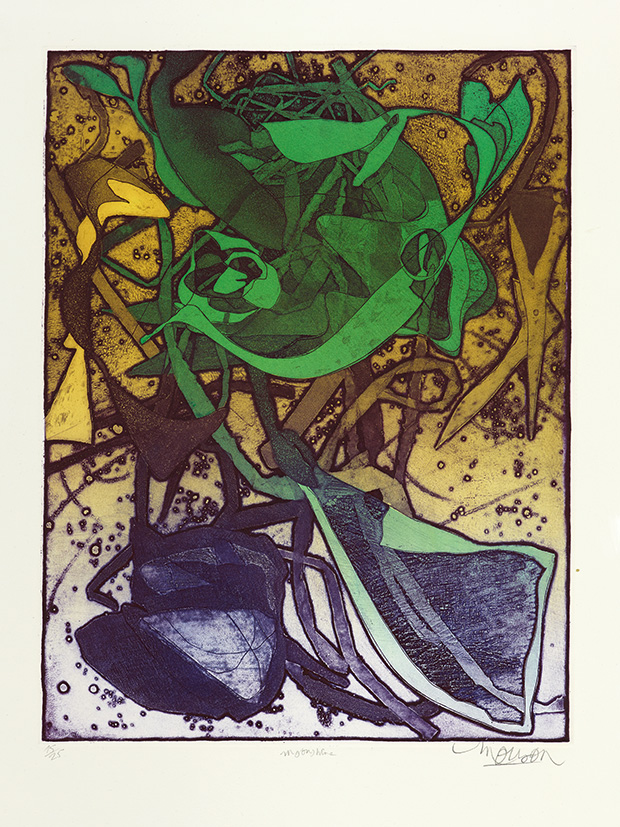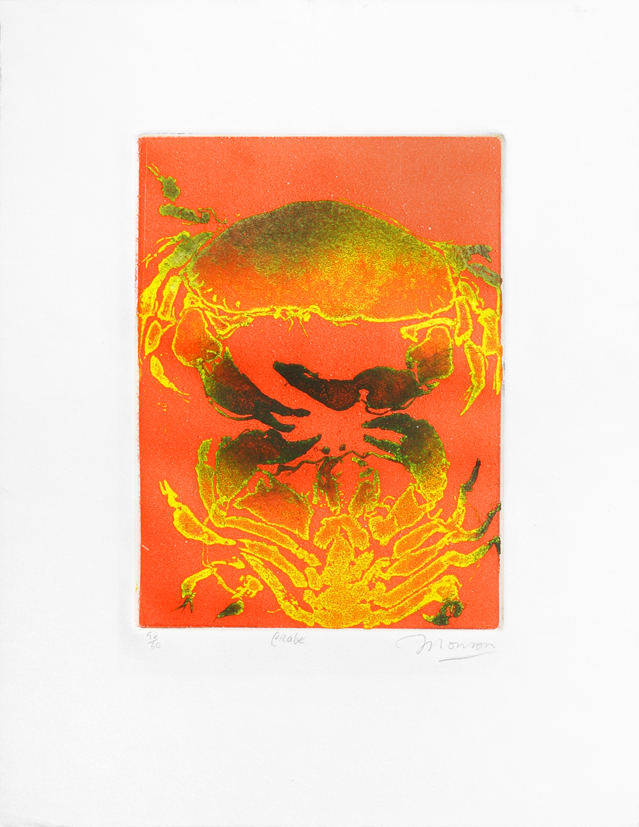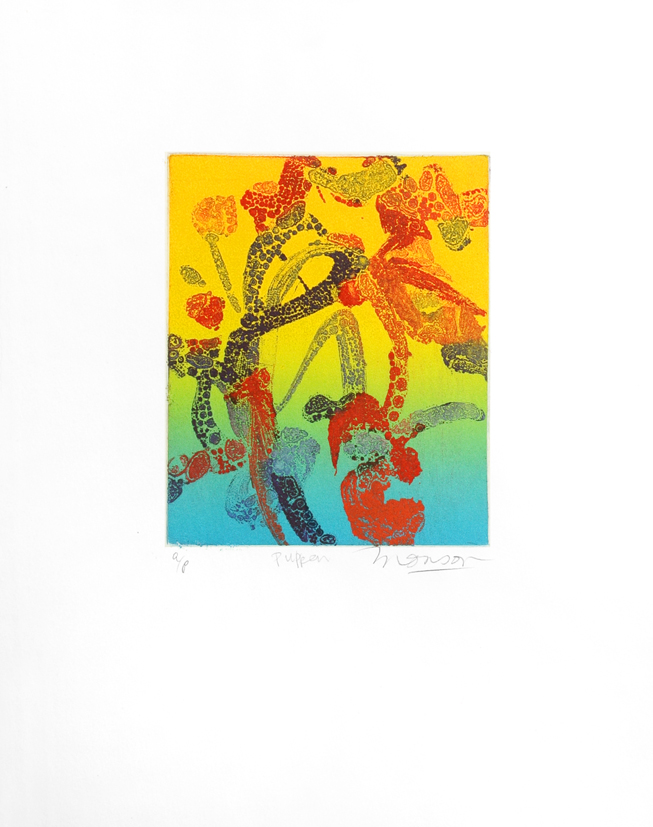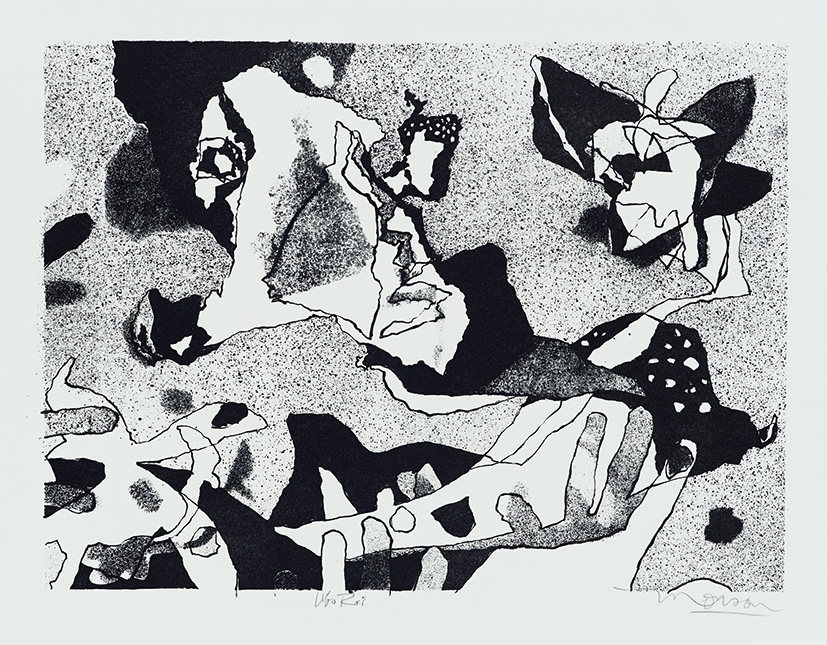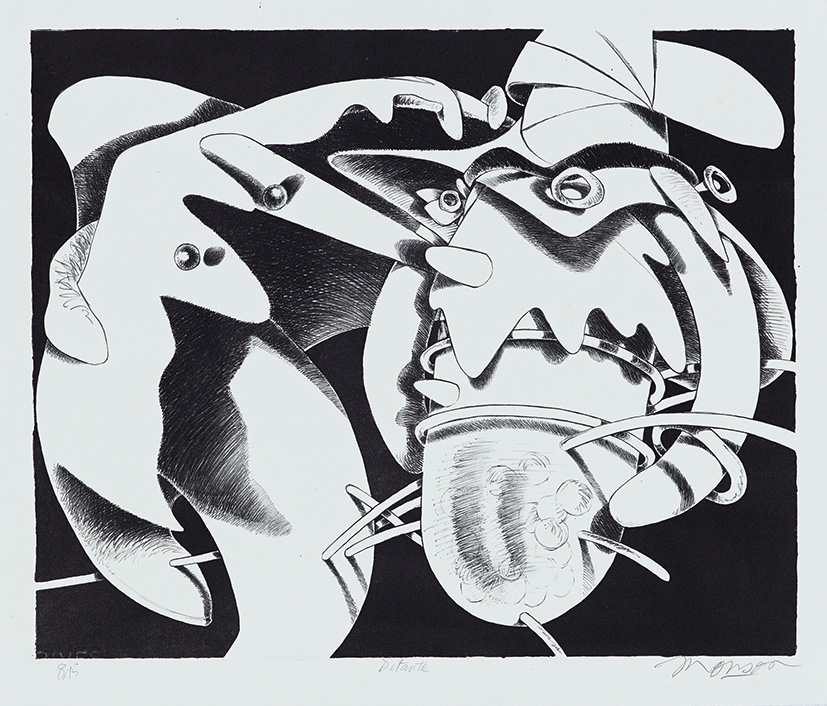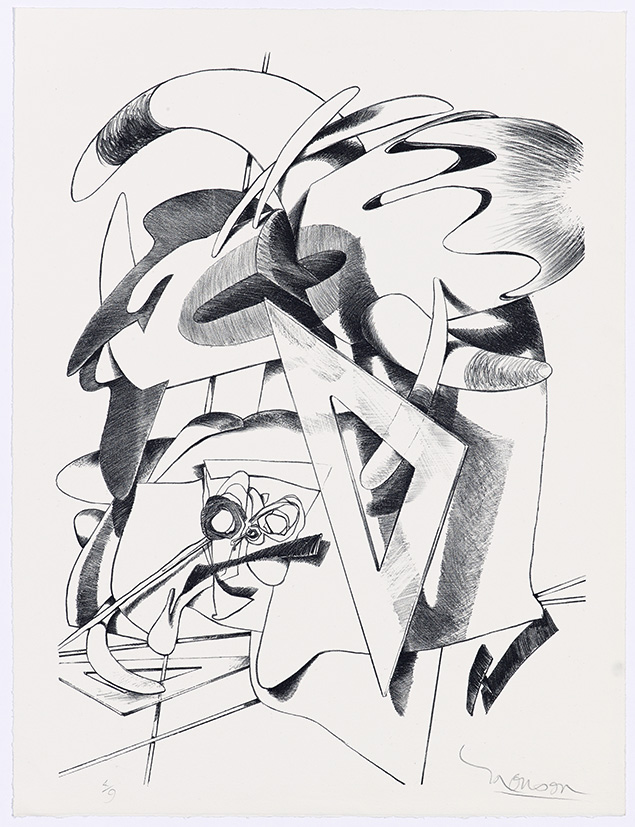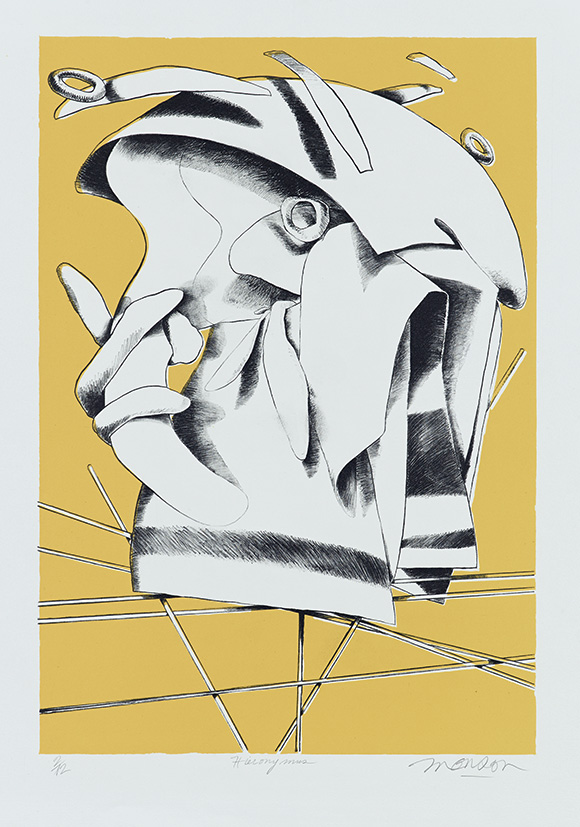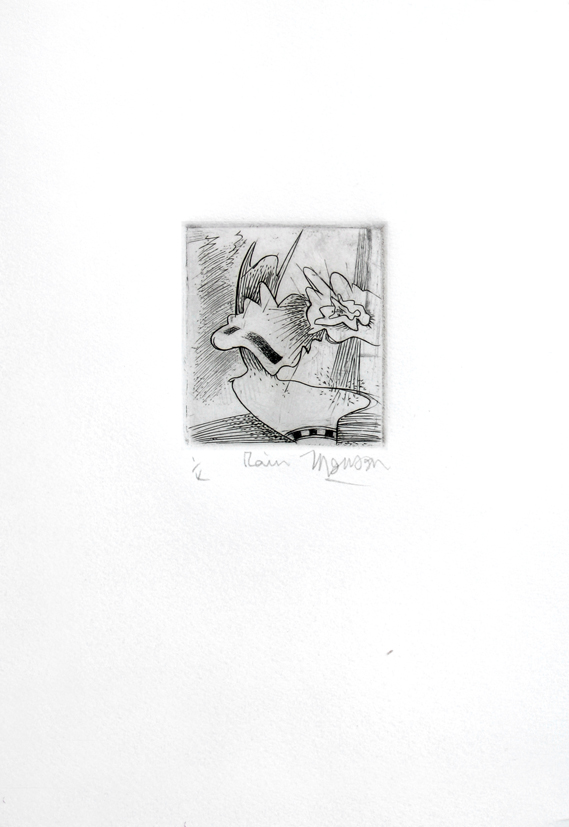This section currently features 178 prints for sale, prints of which at least one impression is to date still available.
These prints are divided into different sections: the school Period, etchings, engravings, lithographs and woodcuts.
Each print is described not only by the information in the catalog raisonné, but has a chronological numbering and a price.
Feel free to contact me (contact page) if you want me to give you additional information for a particular print, or if you simply want to purchase it.
Note 1: Several prints, inserted into the chronological order, carry the number of the previous print follow-up of letters a or b.
Note 2: This section will be updated in real time. You will also discover my new prints (Last updated: 10.07.2016). We have chosen to present the prints in groups of fifteen; simply click on the arrows to the left or right of the group presented on the screen to advance or return to the next or previous group. Clicking on any of the small images will bring up the image of the print in a larger format with a complete description of the work. You can, at this stage, click again on the image to show it in full screen.
Etchings and lithographs
« With the exception of my first 12 etchings and engravings executed while I was still studying in the United States, my intaglio prints were made in the early 70s, after I arrived in Paris and joined the Atelier 17 of S.W. Hayter. Under the sharp and watchful eye of the "Master", there was an exciting creative, constructive emulation among the other printmakers from different international backgrounds. My lithographs were made, for the most part, in the early 80's at the University of Massachusetts in Amherst and Holy Cross College, where I had developed a department dedicated to this technique. »
This section has to date 64 etchings and engravings, 5 lithographs and 4 linocuts, made over 32 years, between 1970 (No. of C.R. 13) and 2002 (No. of C.R.129a).
Etching is a technique widely used in the art of printmaking. After covering the metal plate with a varnish or acid-resist, the artist realises his drawing using various pointed tools, thereby exposing the metal where it penetrates the varnish. Once completed, the plate is then subjected to the corrosive action of the acid, which will create the etched parts (intaglio) of the composition. The varnish is then removed with a solvent and ink is rubbed into the plate. The excess ink is carefully removed, leaving the ink only in the etched areas. The plate is then covered by a sheet of moistened paper and covered with felts. Pressure from the rollers of the press on the sheet complete the transfer of ink from the plate to paper.
Lithography is a printing technique that was invented by the German Alois Senefelder in 1796. This method exploits the incompatibility between water and fat on a flat surface of a limestone. This surface allows for a very flexible and direct manner of drawing. The artist executes his design on the stone using crayons and lithographic inks. A chemical preparation made of nitric acid and gum arabic fixes the drawing onto the stone. Then the stone is moistened and finally inked with a roller. The ink then only adheres to the oily drawn surfaces. For reasons of convenience, a plate of zinc or aluminium can replace the stone.
Linocut first appeared in the early twentieth century and is a technique close to the woodcut. The artist performs a preparatory drawing on a linoleum plate. He then digs out the whites ( "reserves") in the composition as "relief printing" in etching ). The inked roller will only affect the raised portions. As a result the colored areas are homogeneous. Gouges are the basic and ideal tools for this technique as with the wood-engraving process; the advantage in linocut is it's facility and flexibility of execution. The number of prints are often limited because of it's soft surface (linoleum - flooring is a powdered cork based agglomerate).
